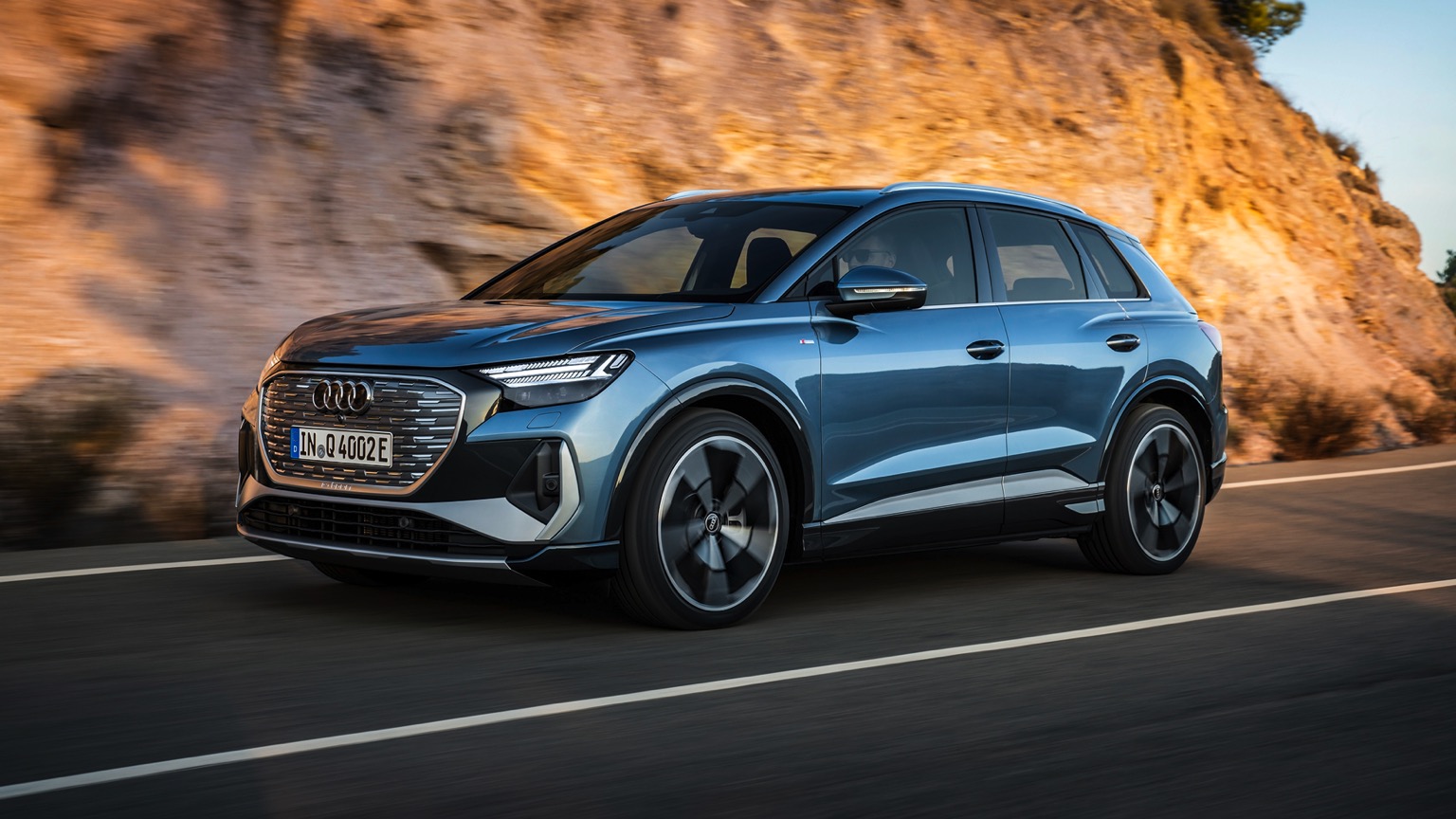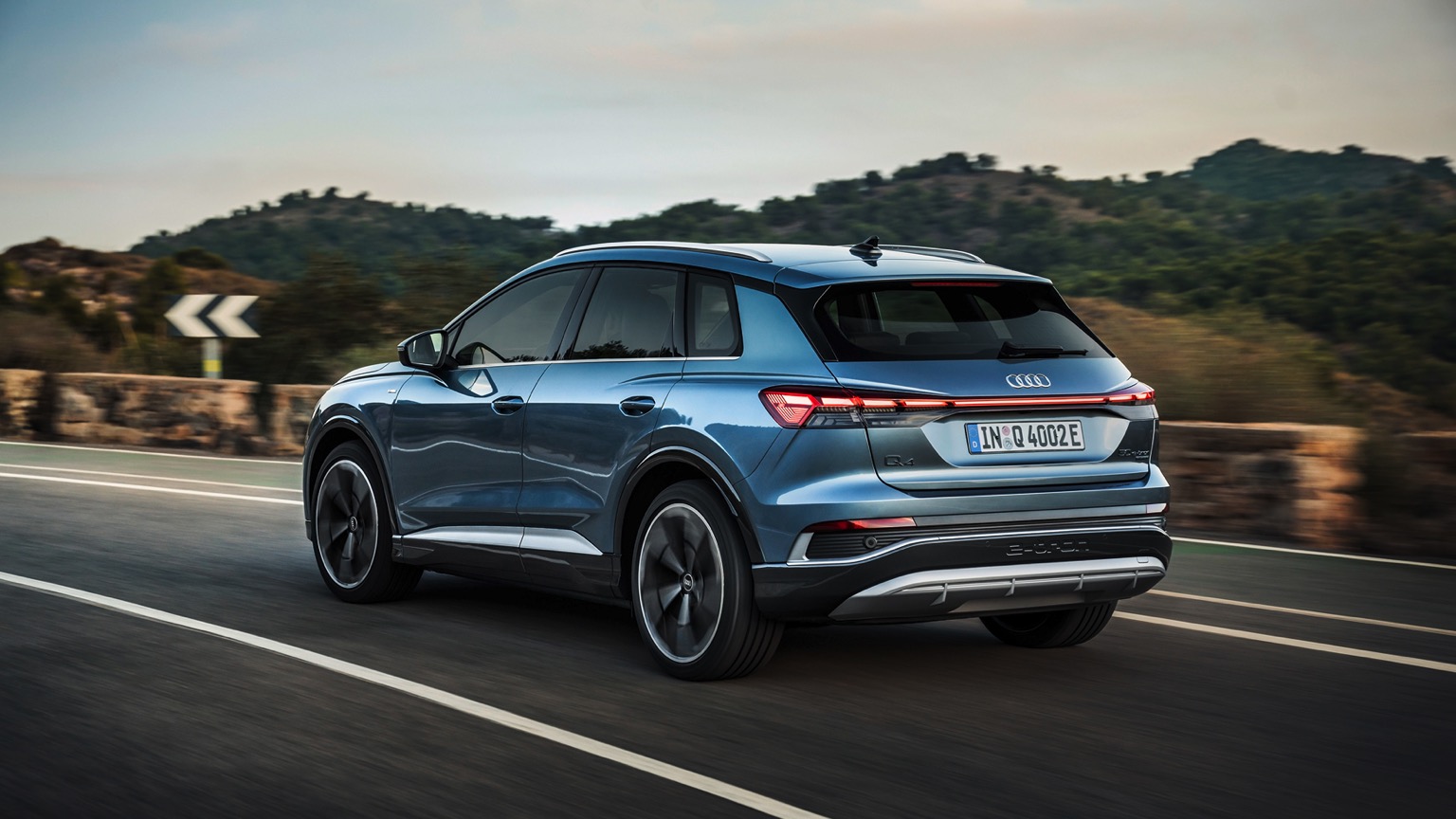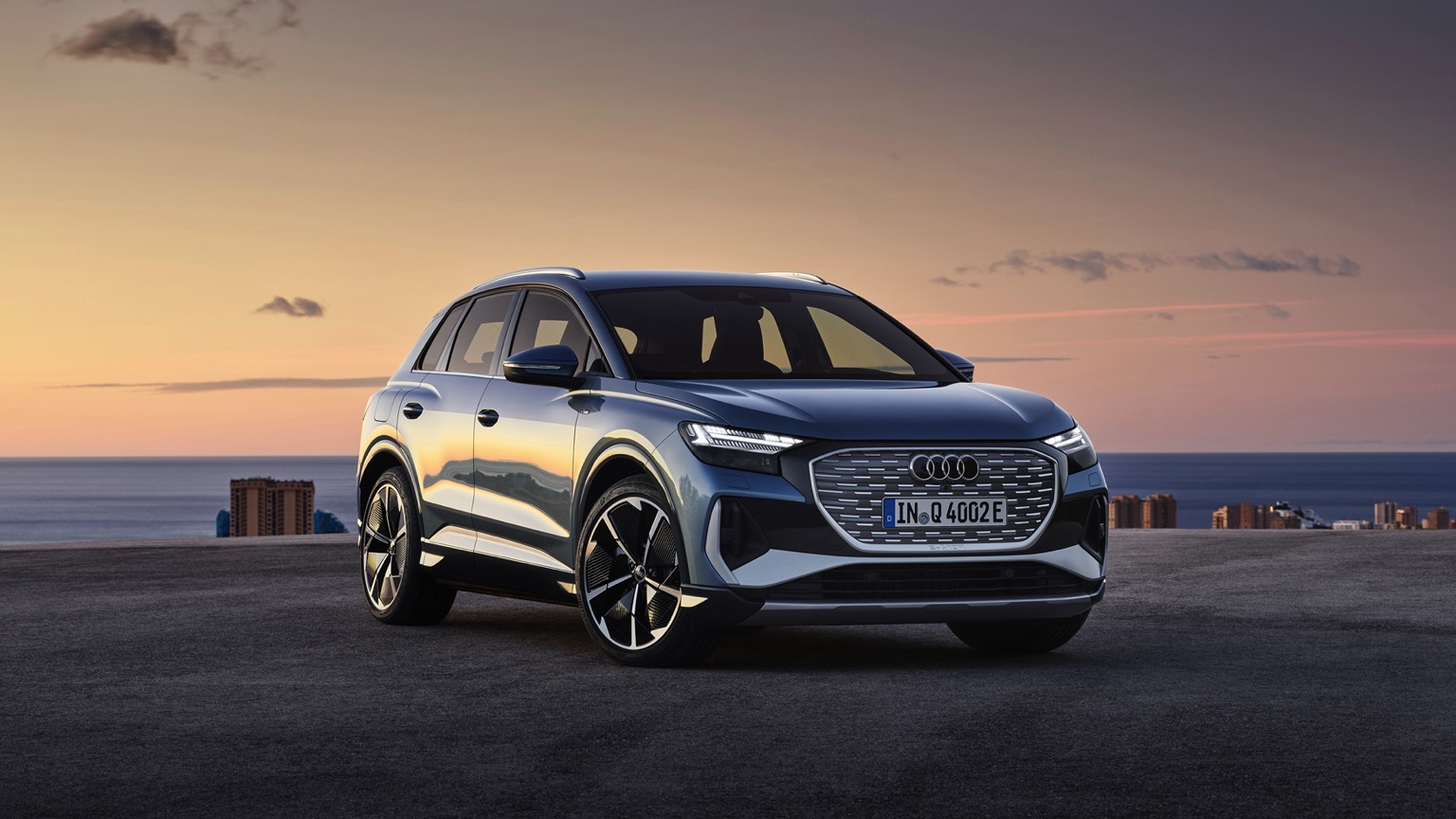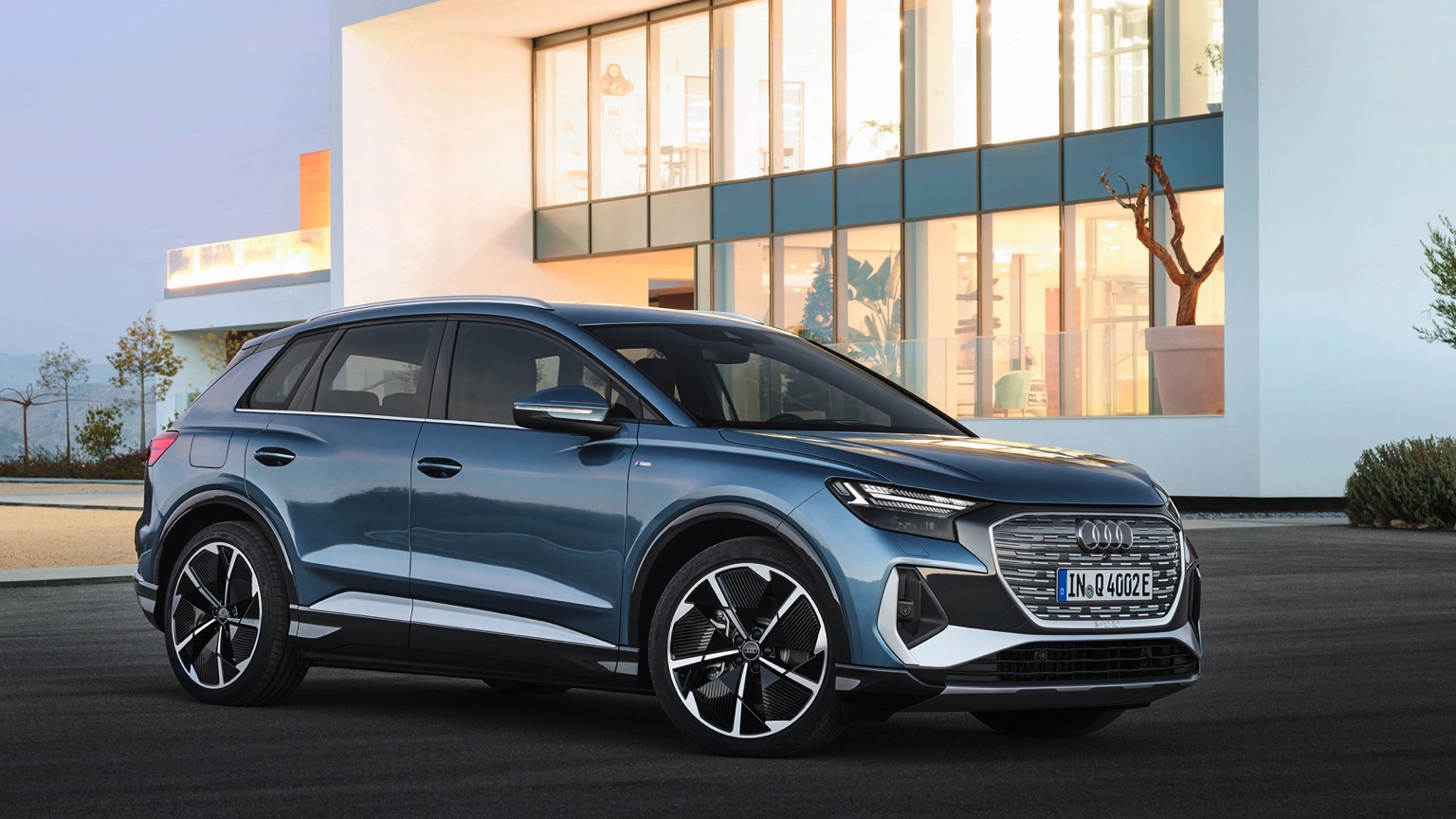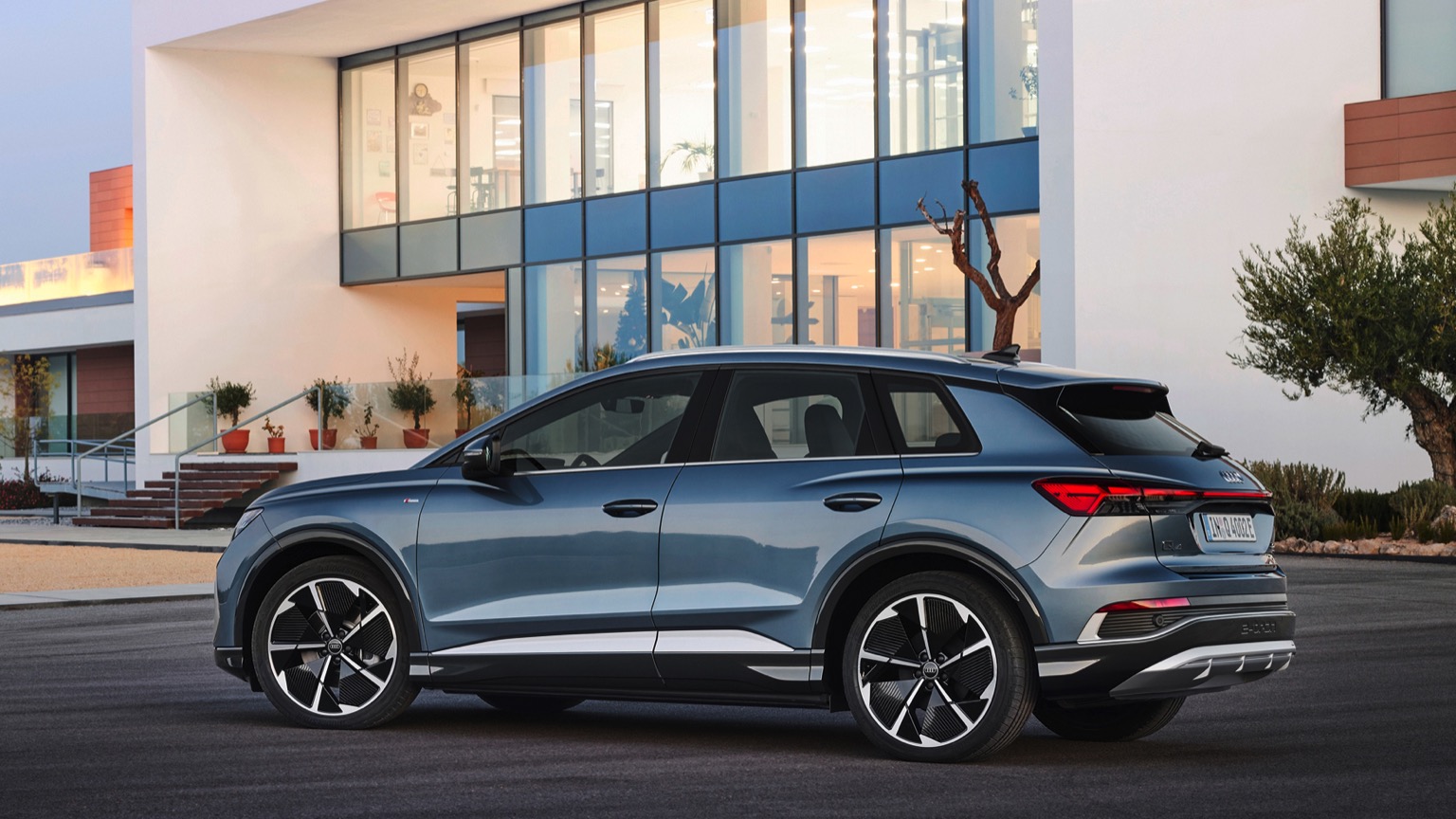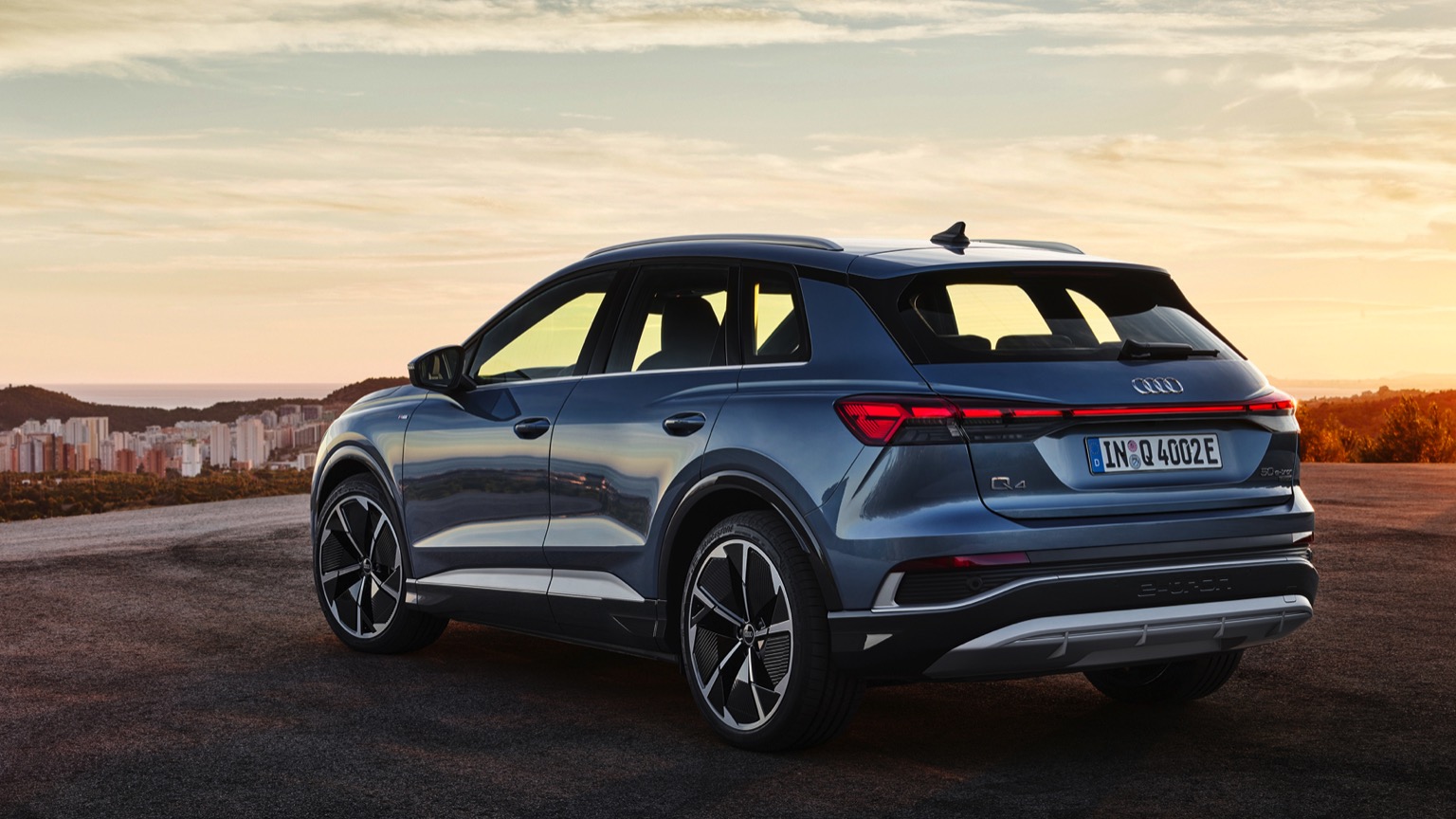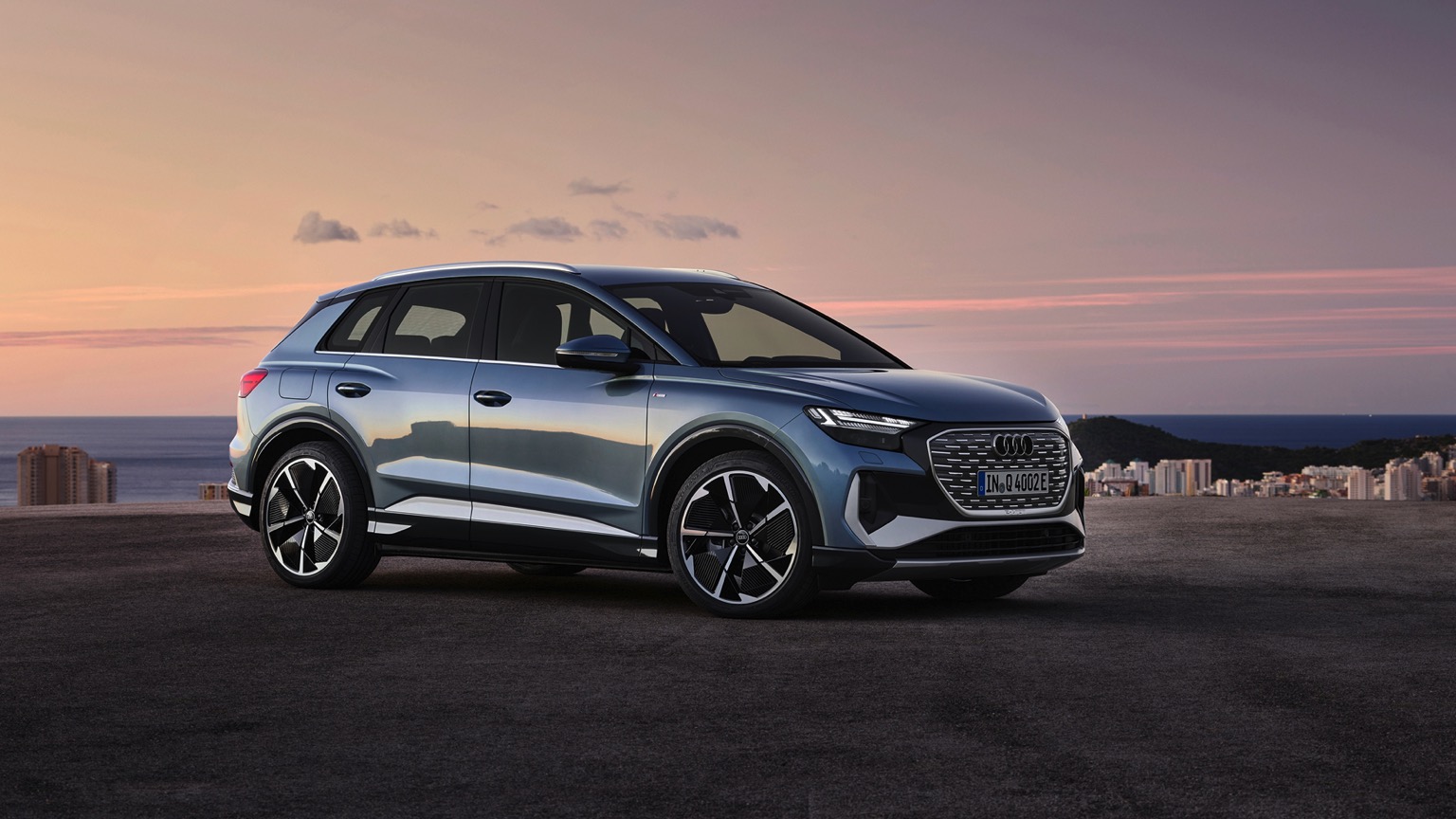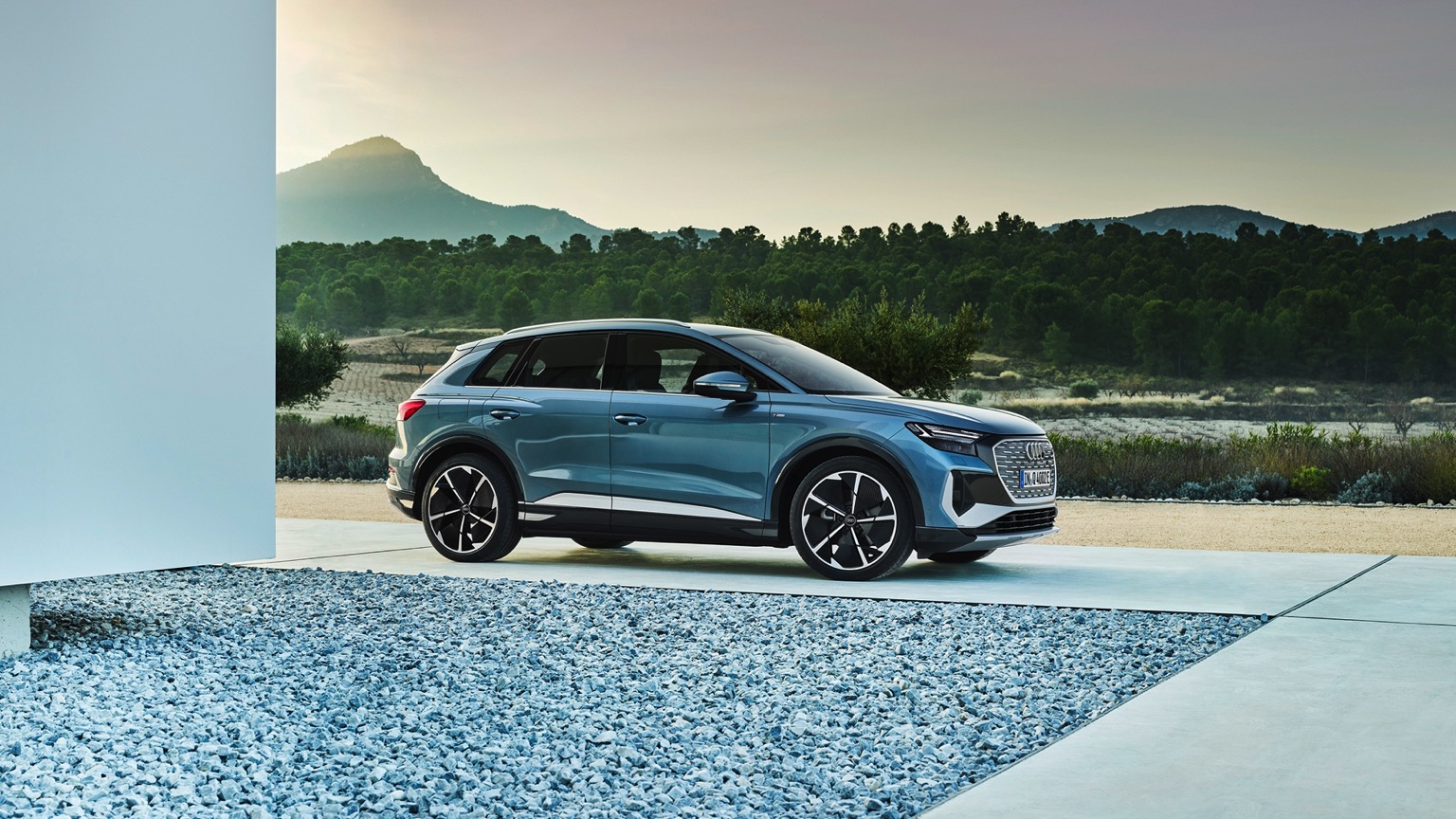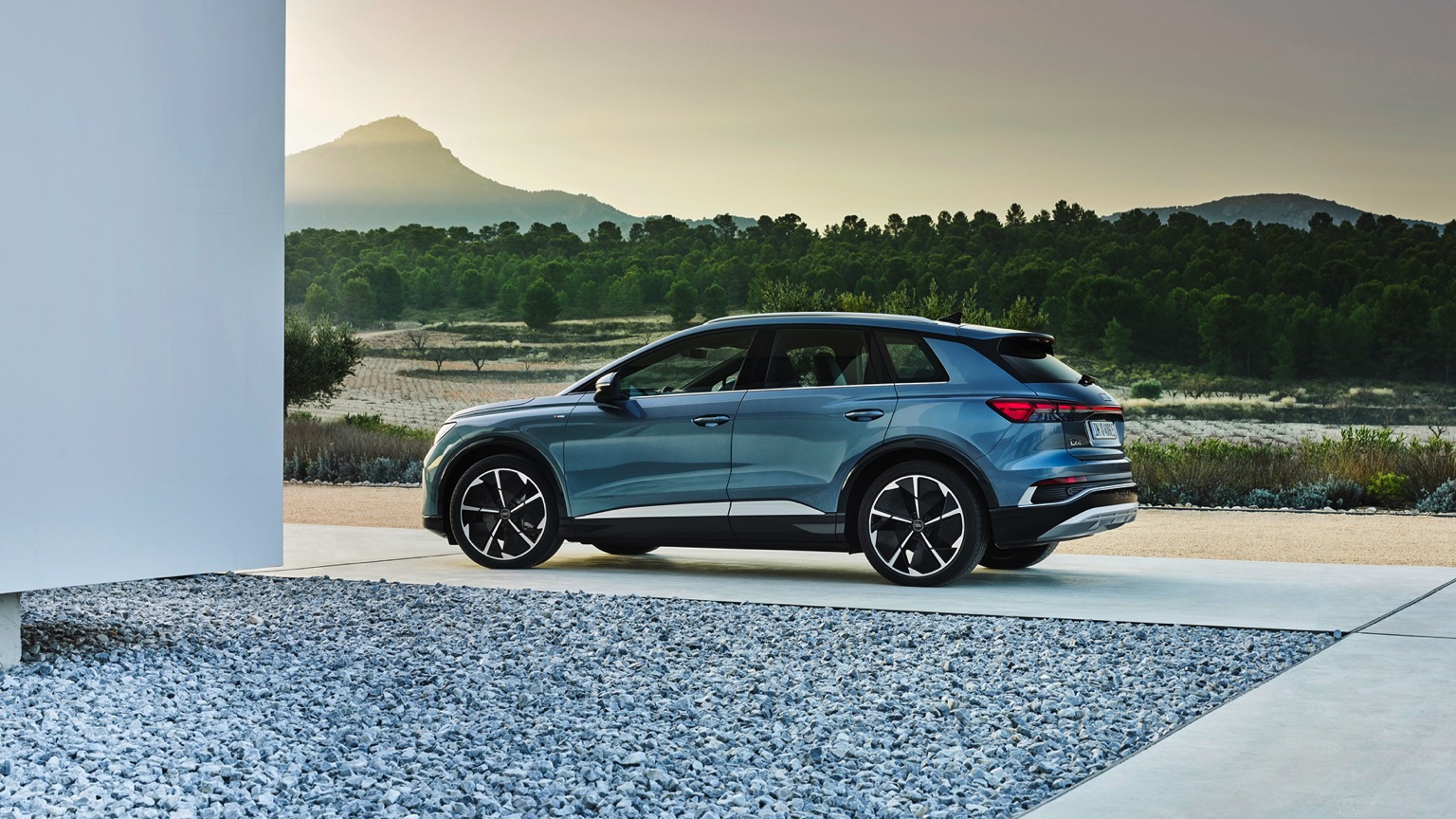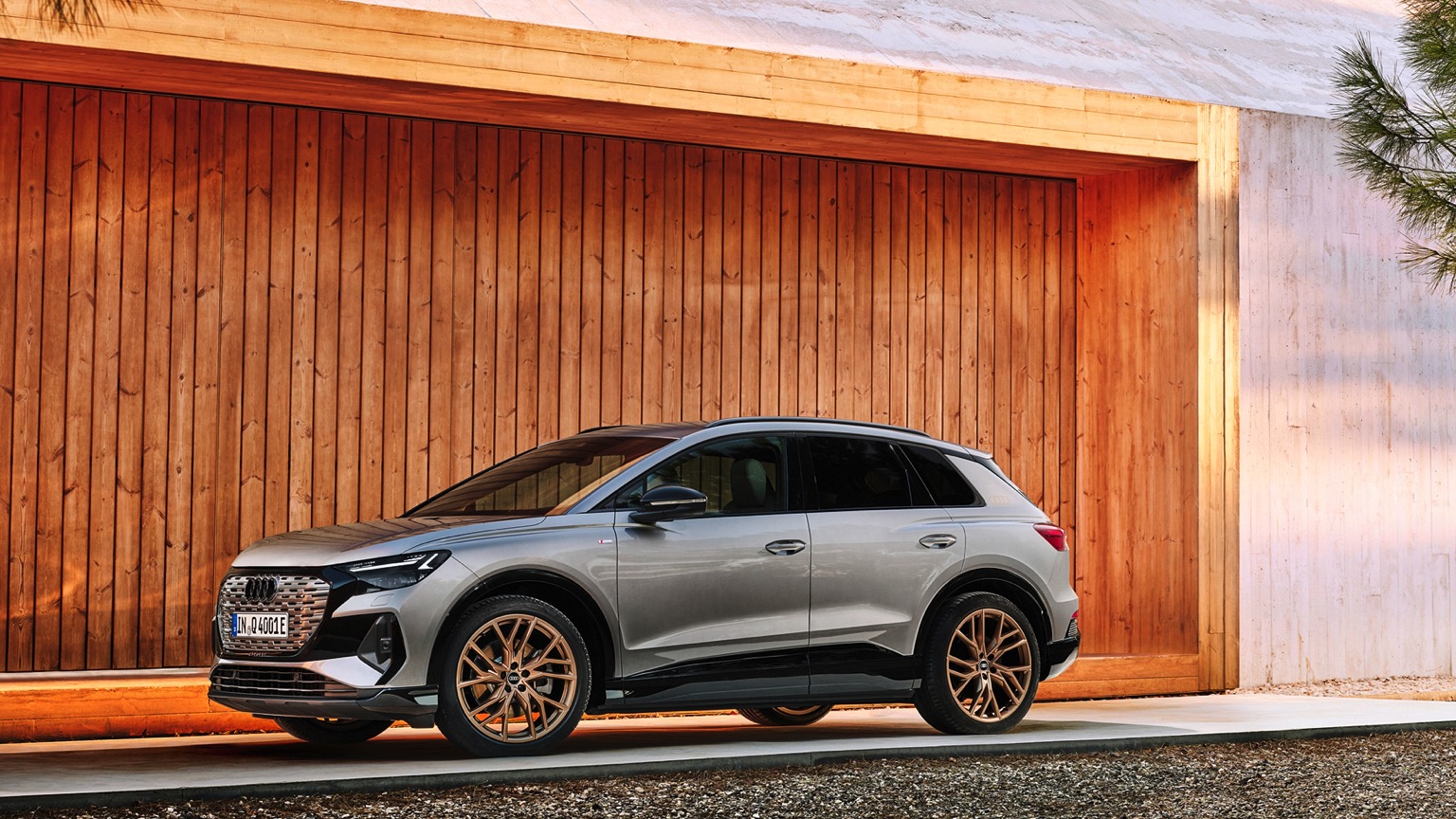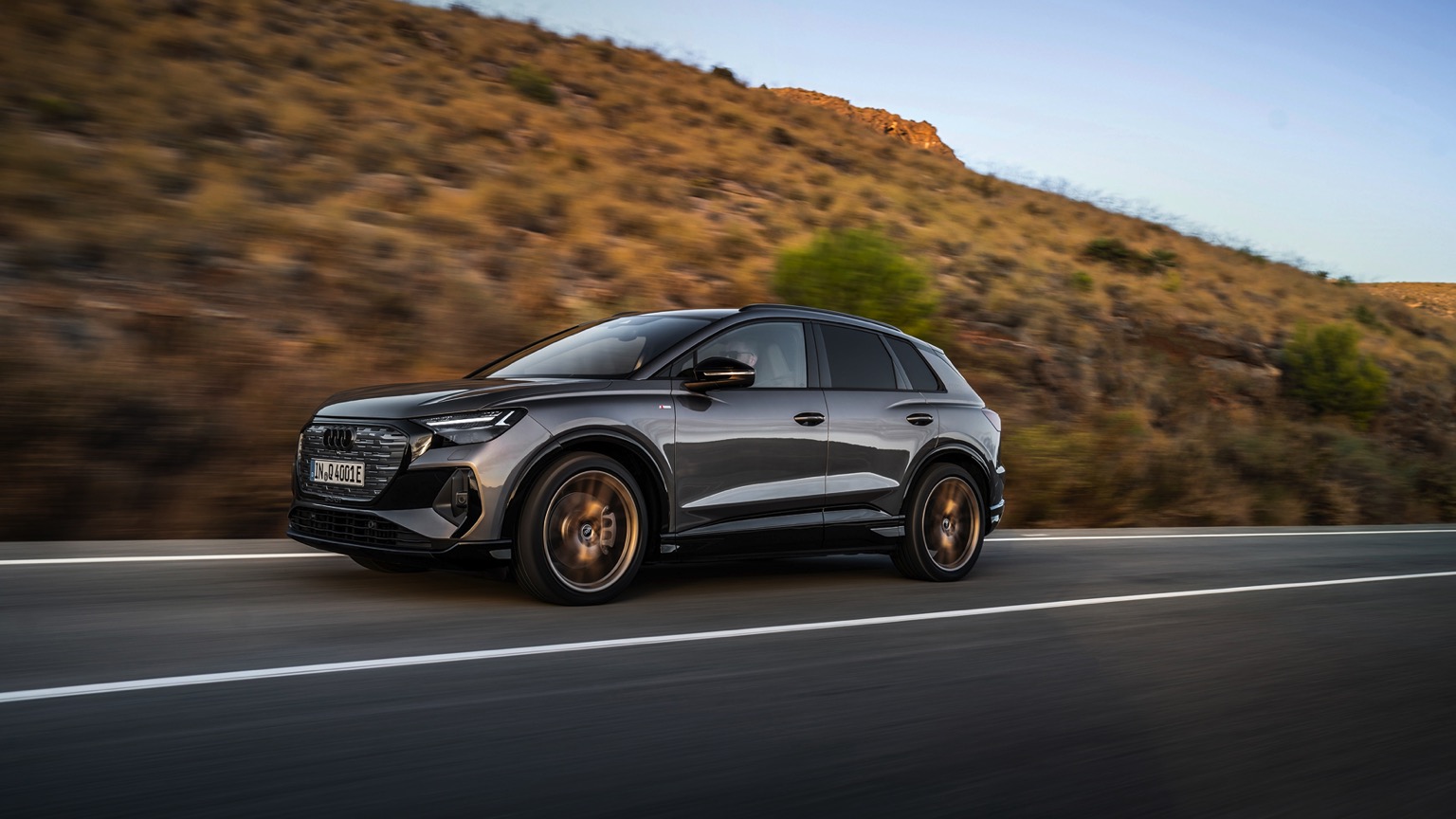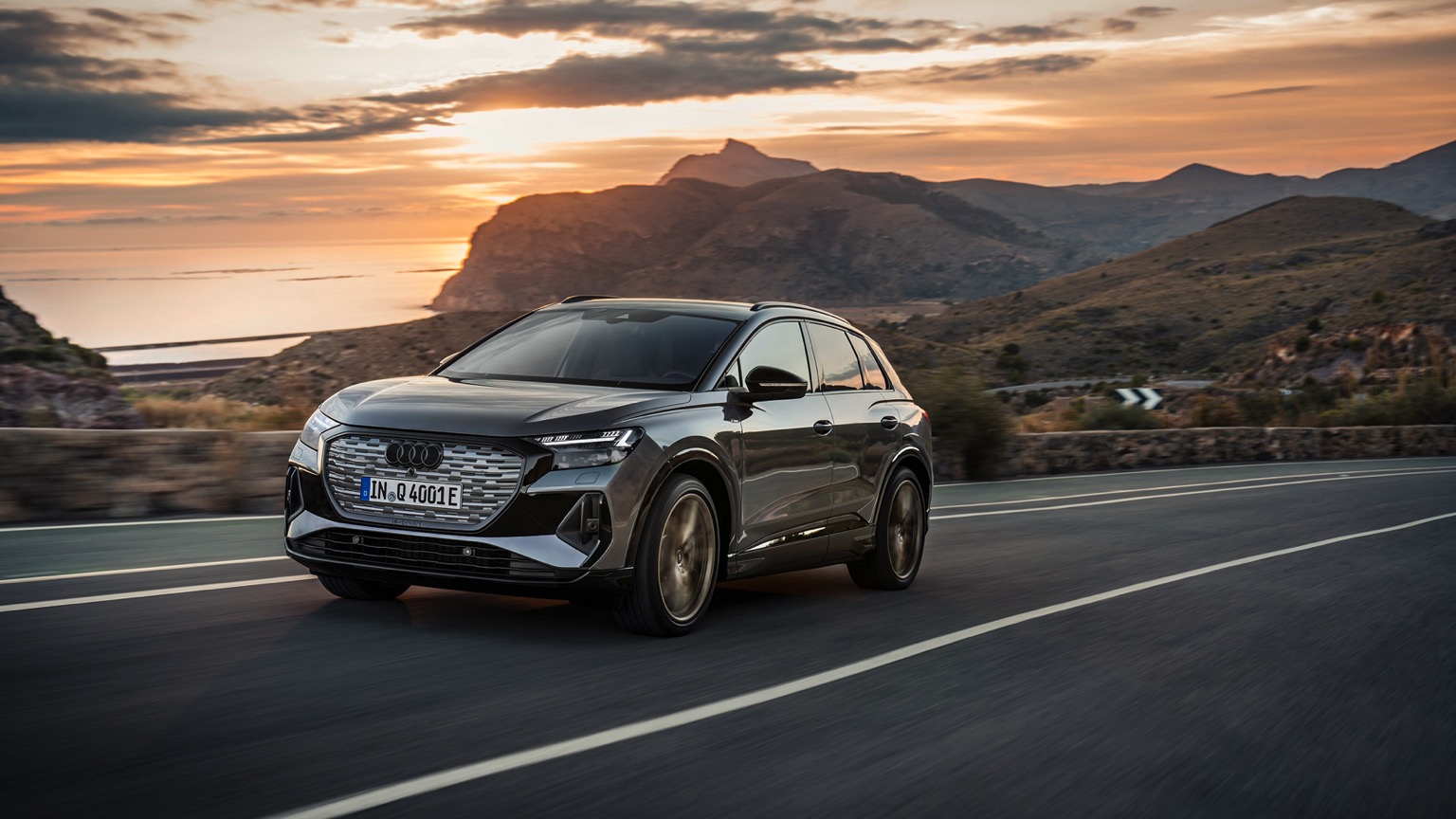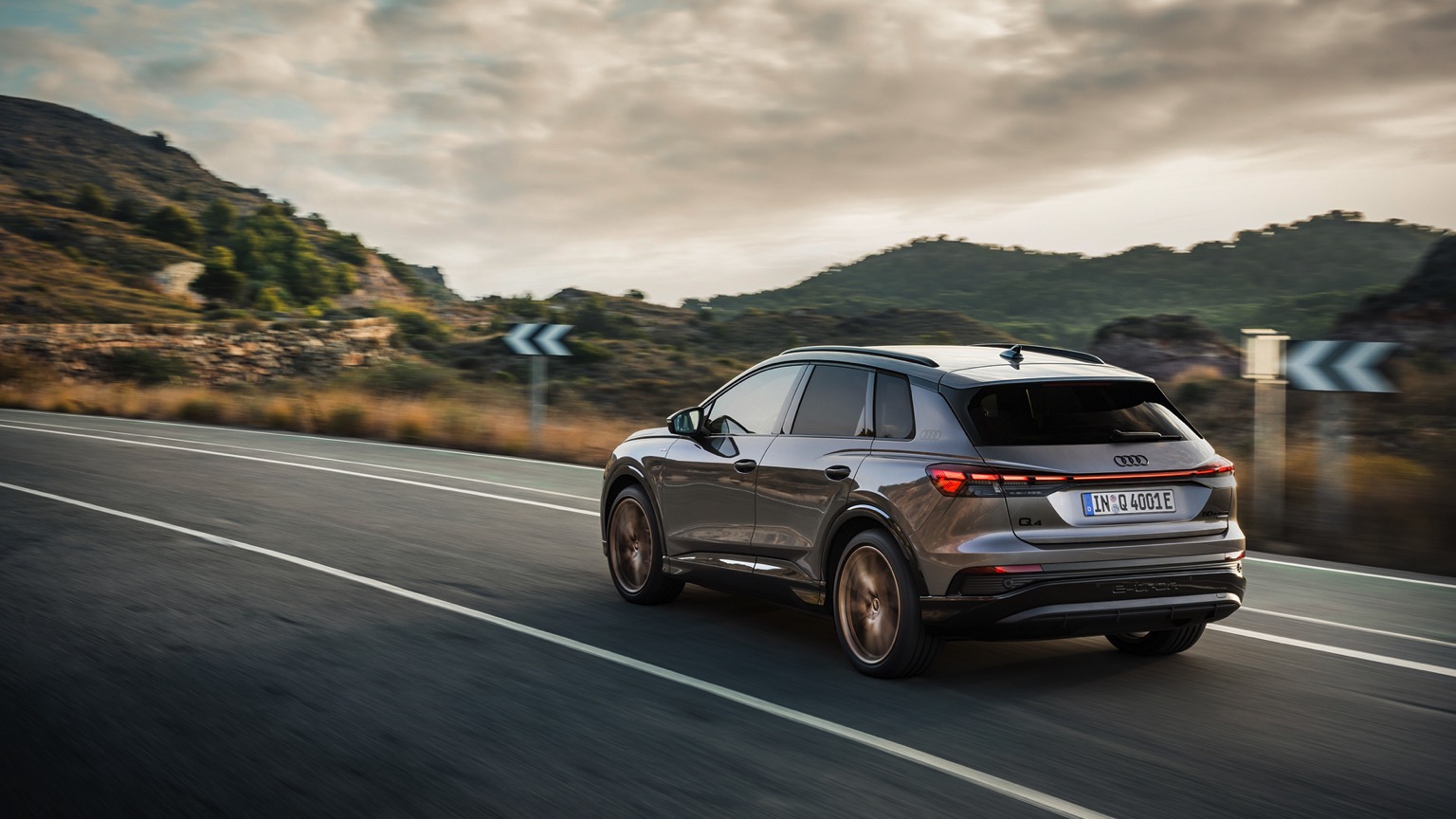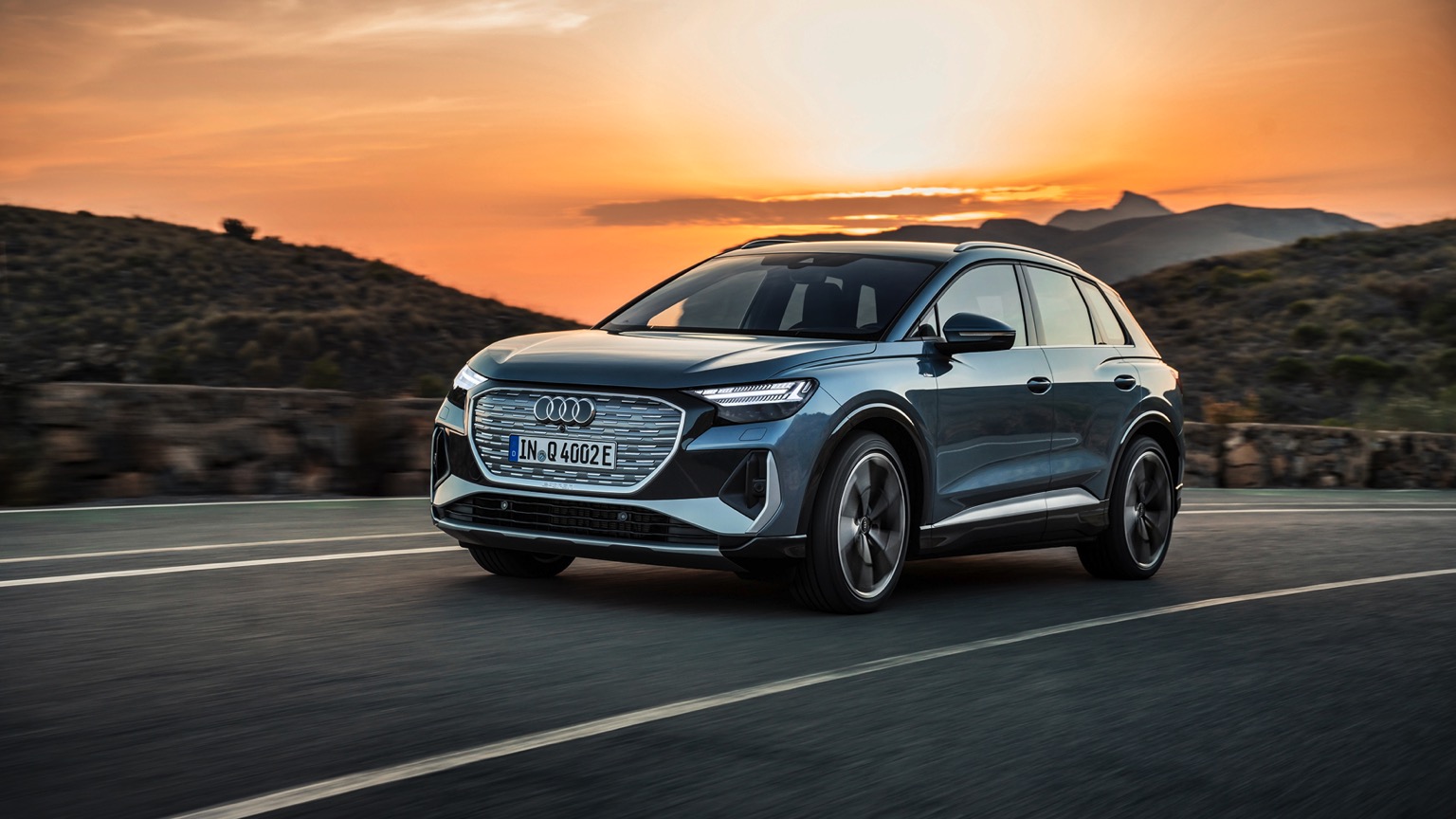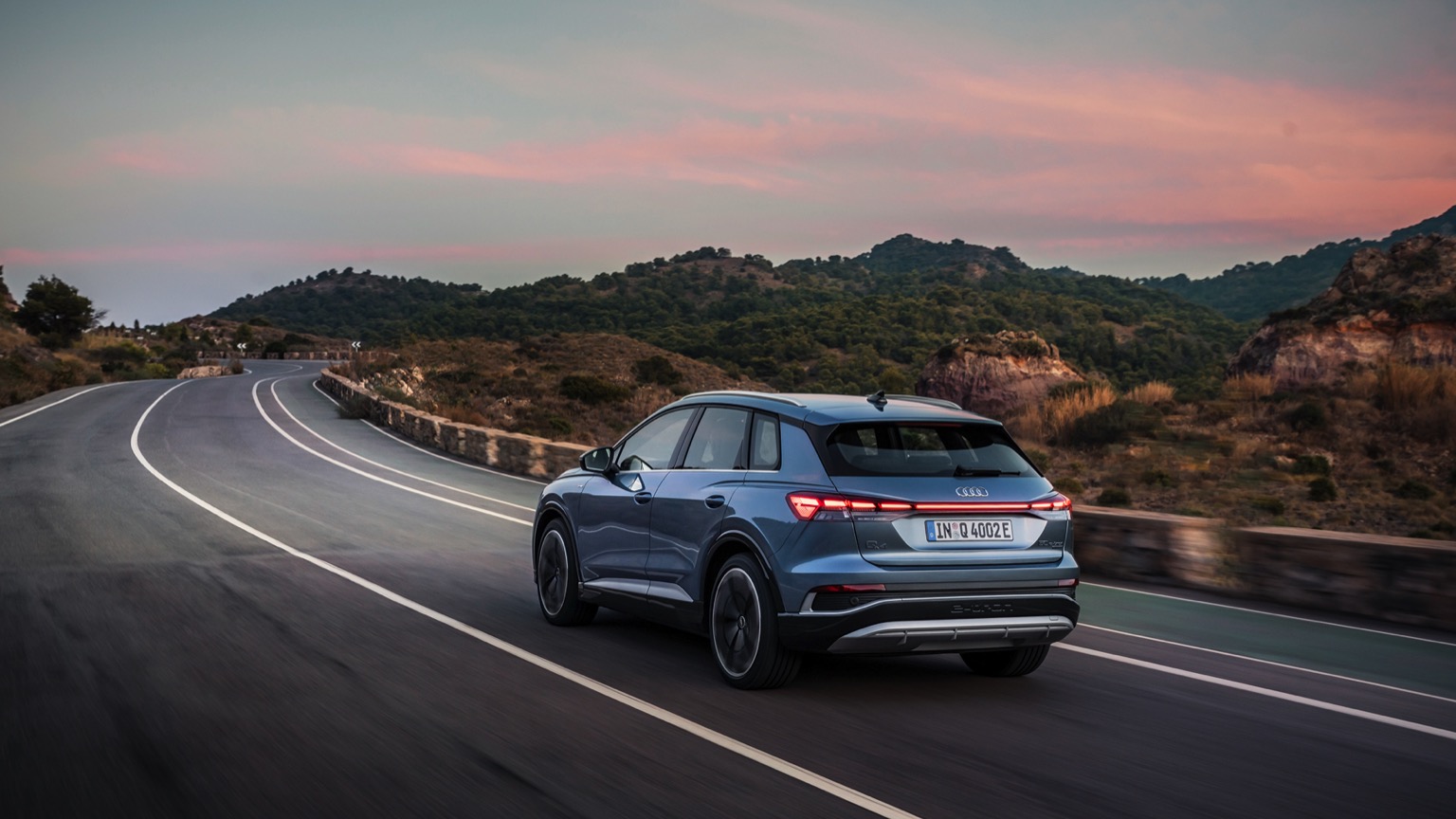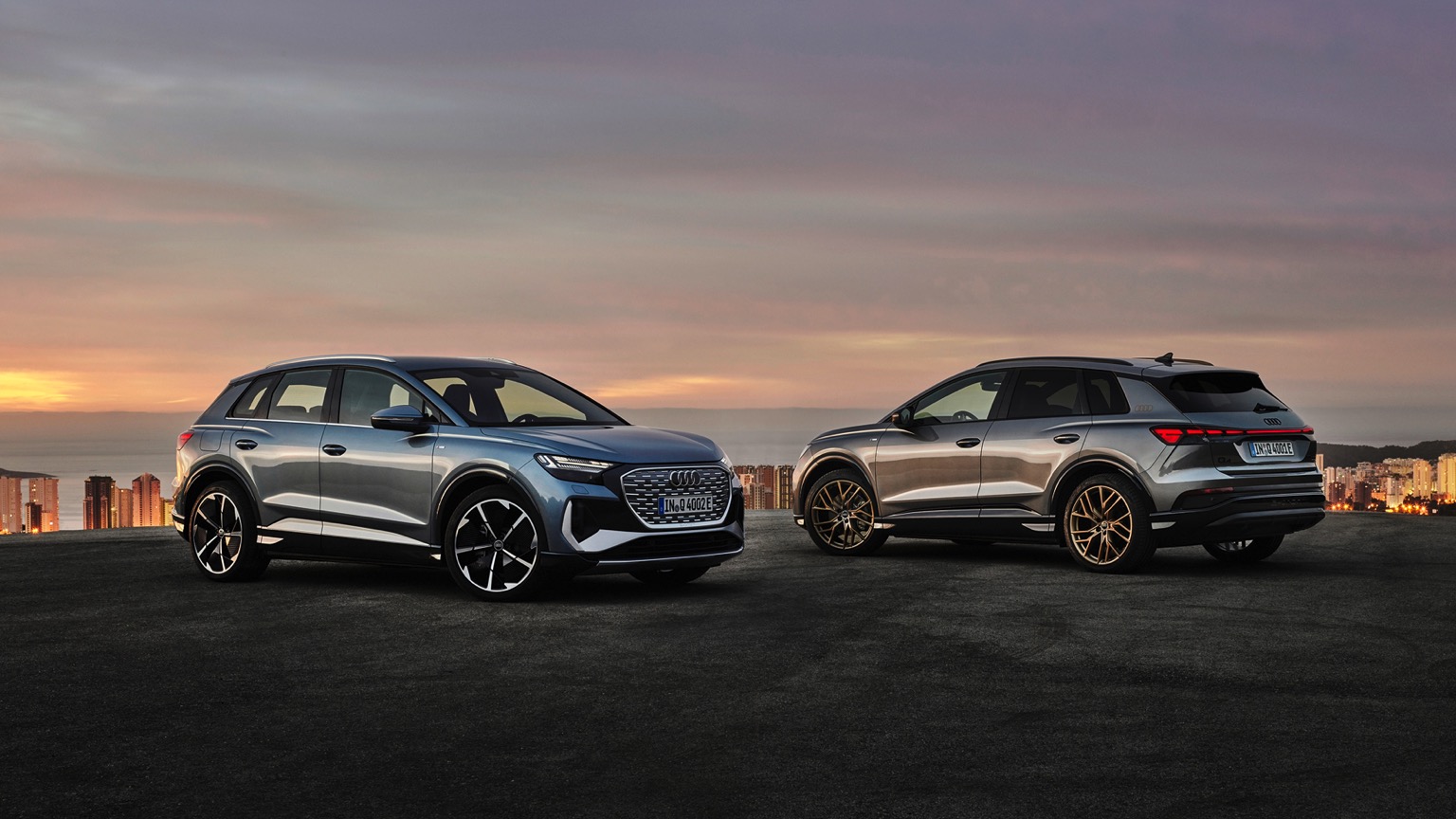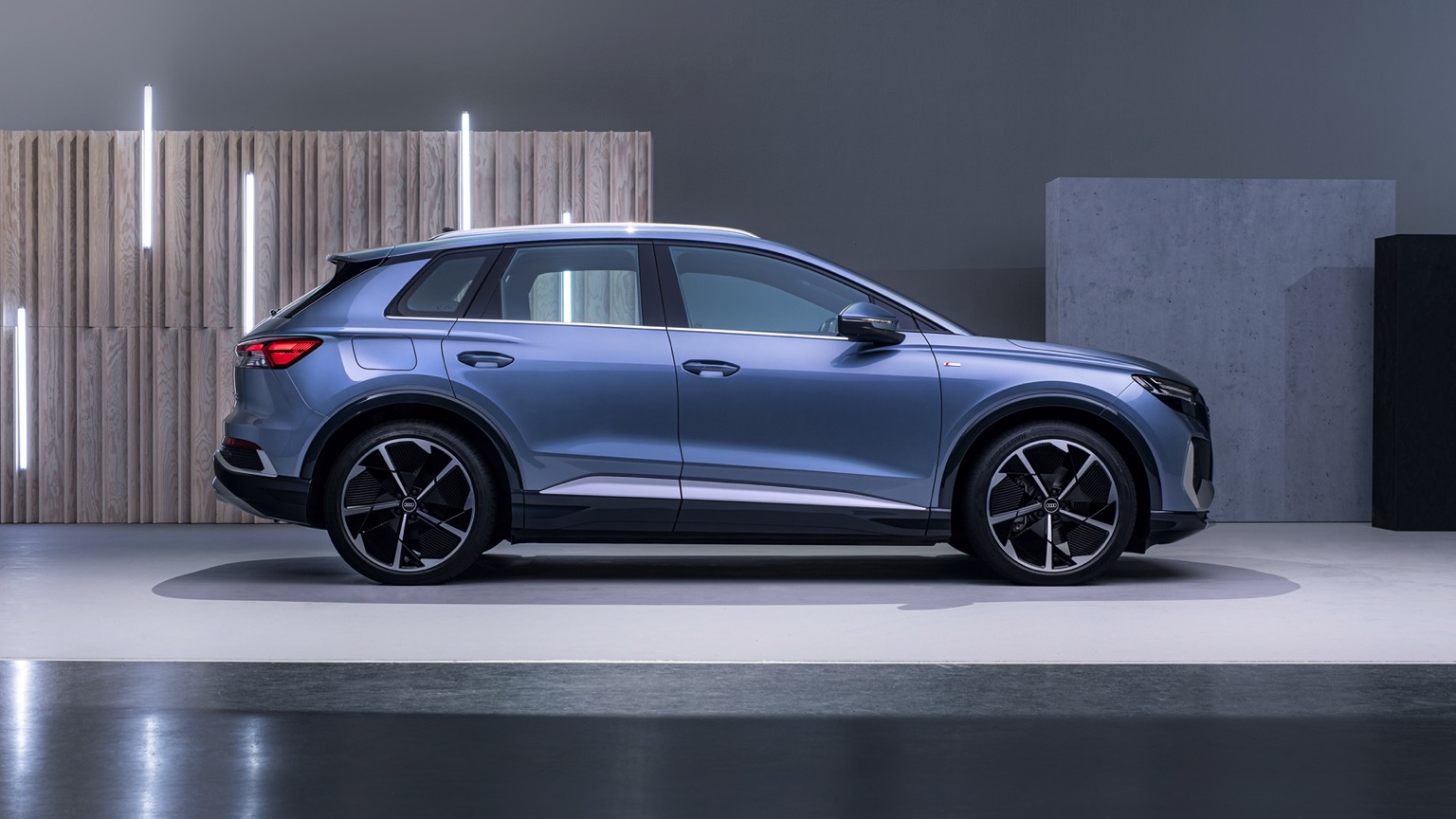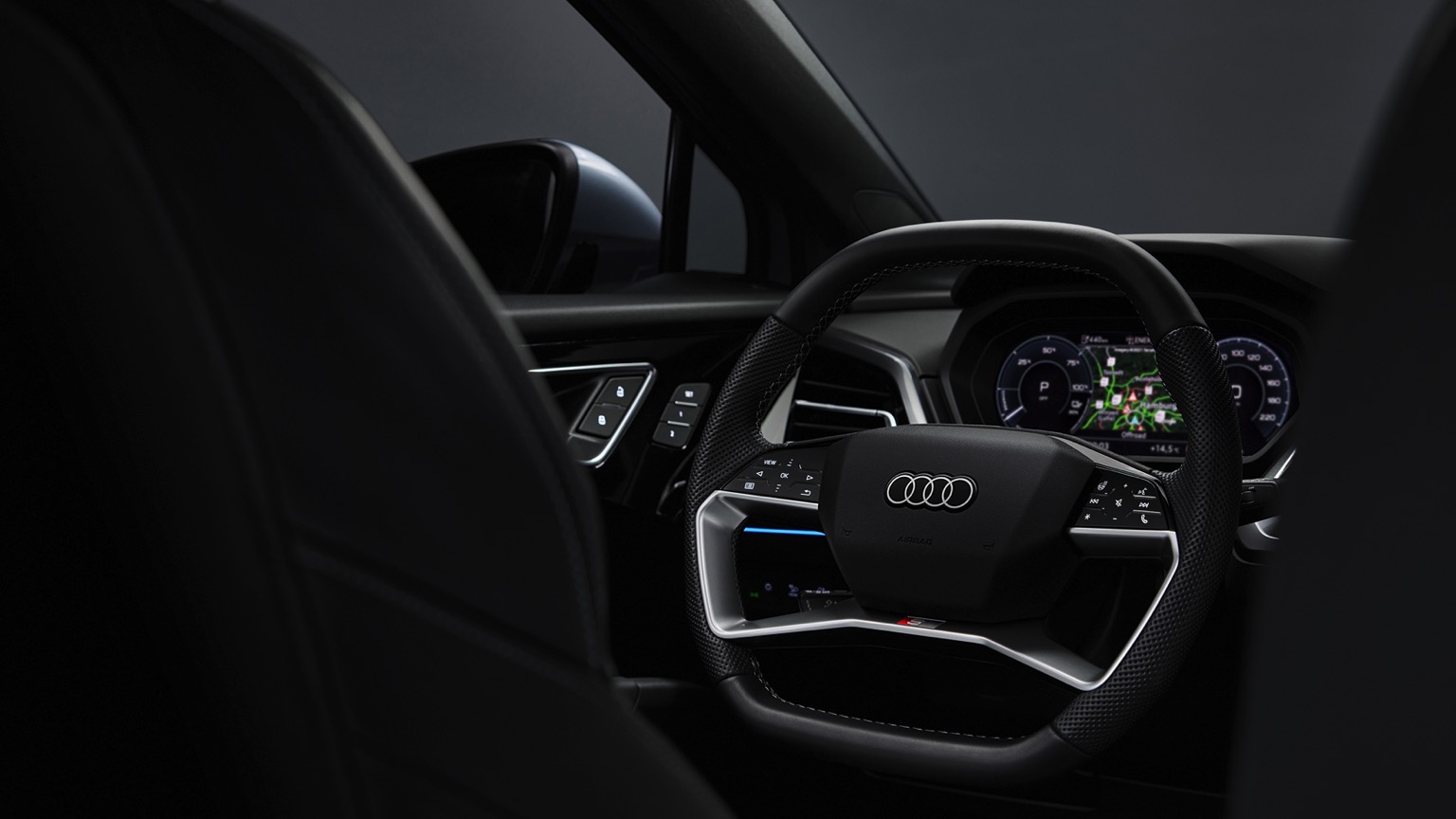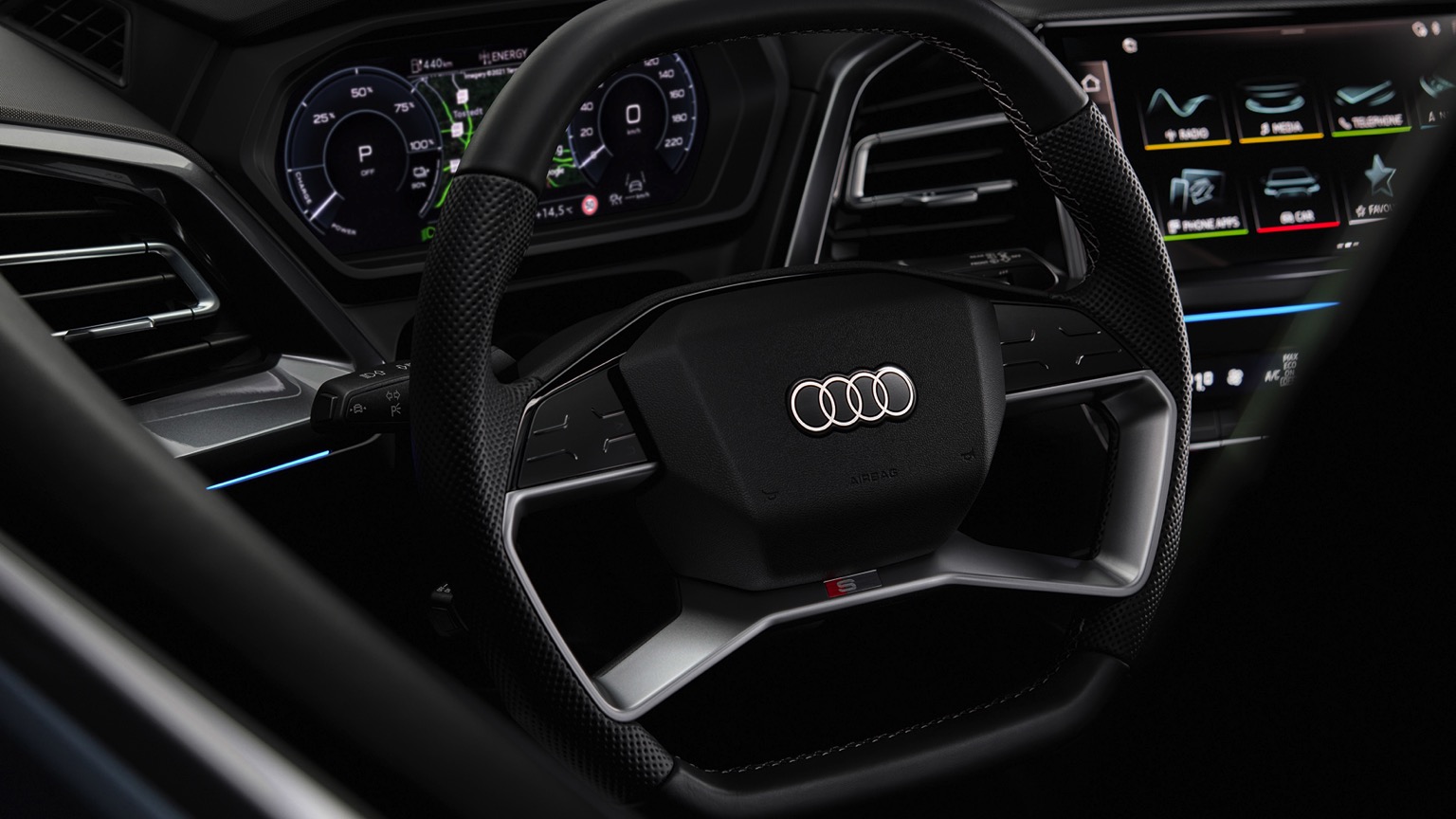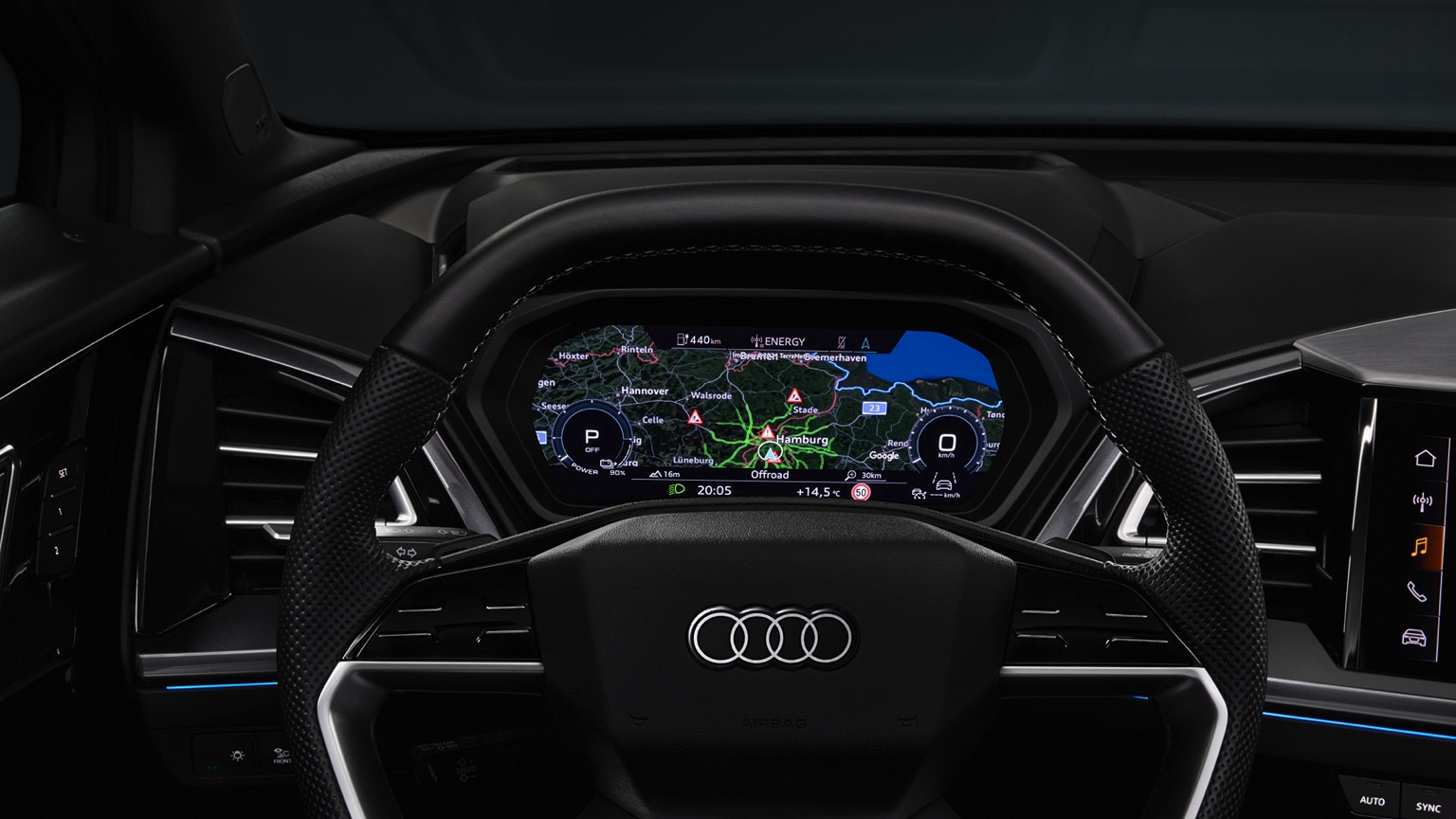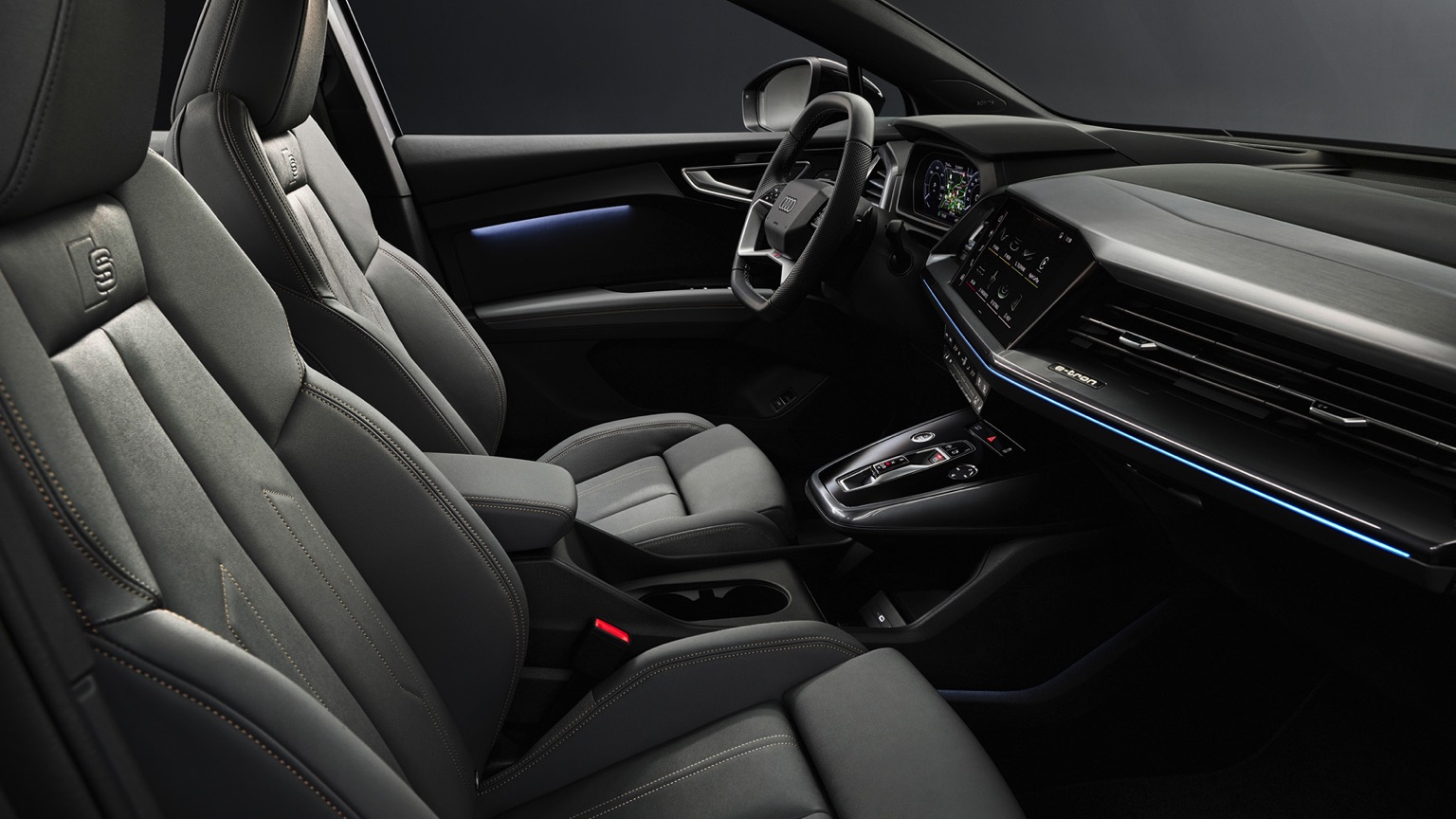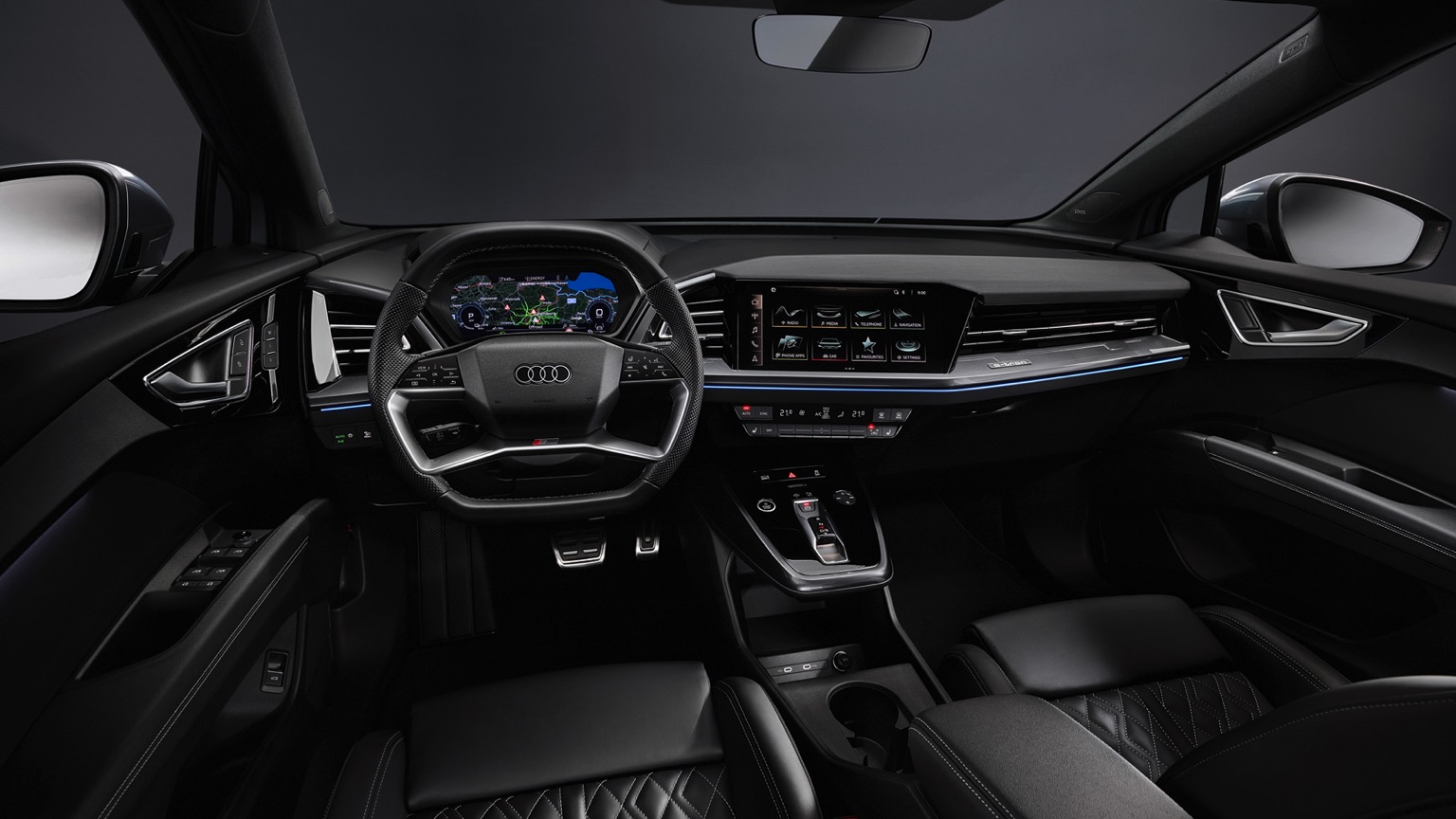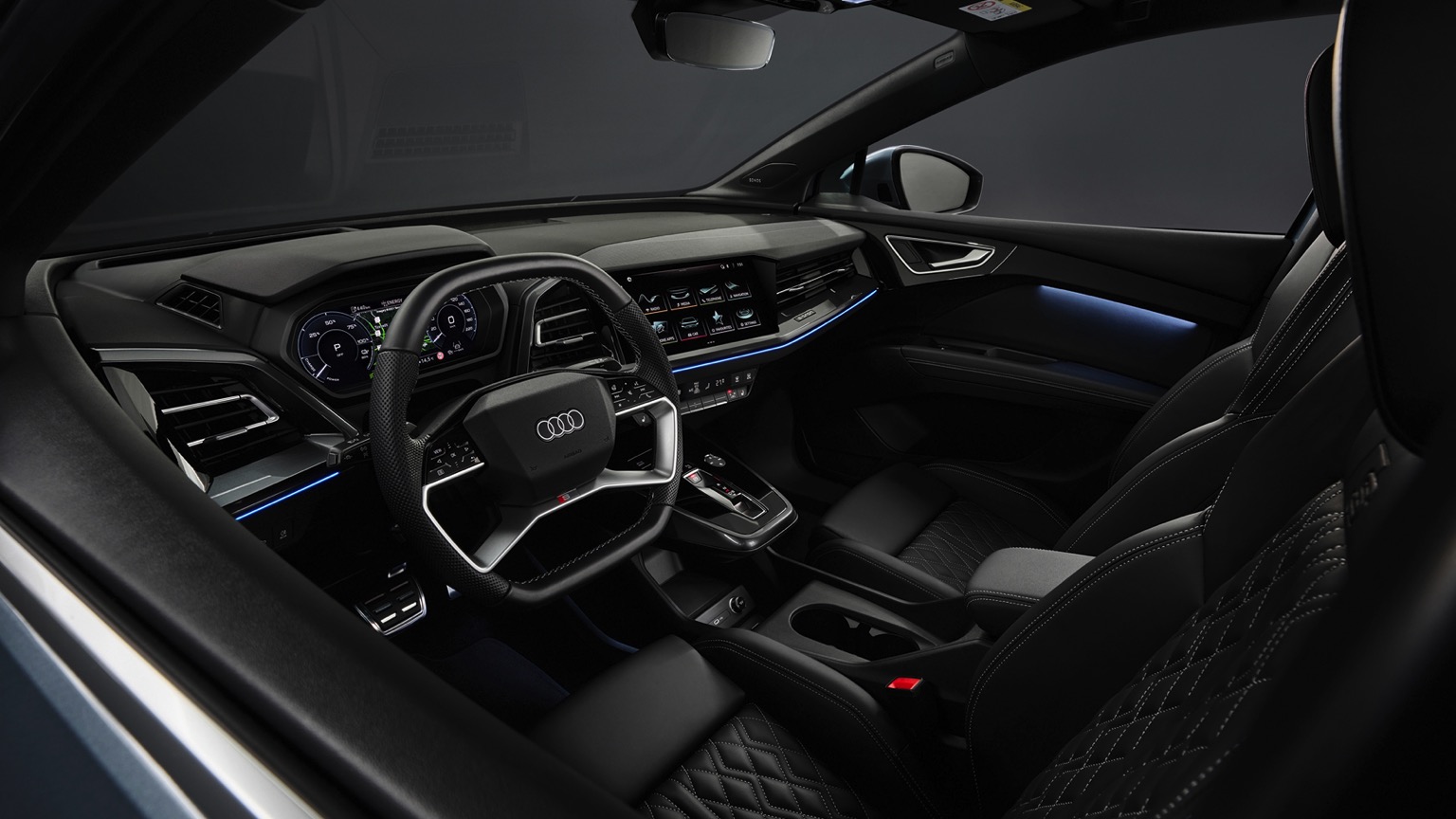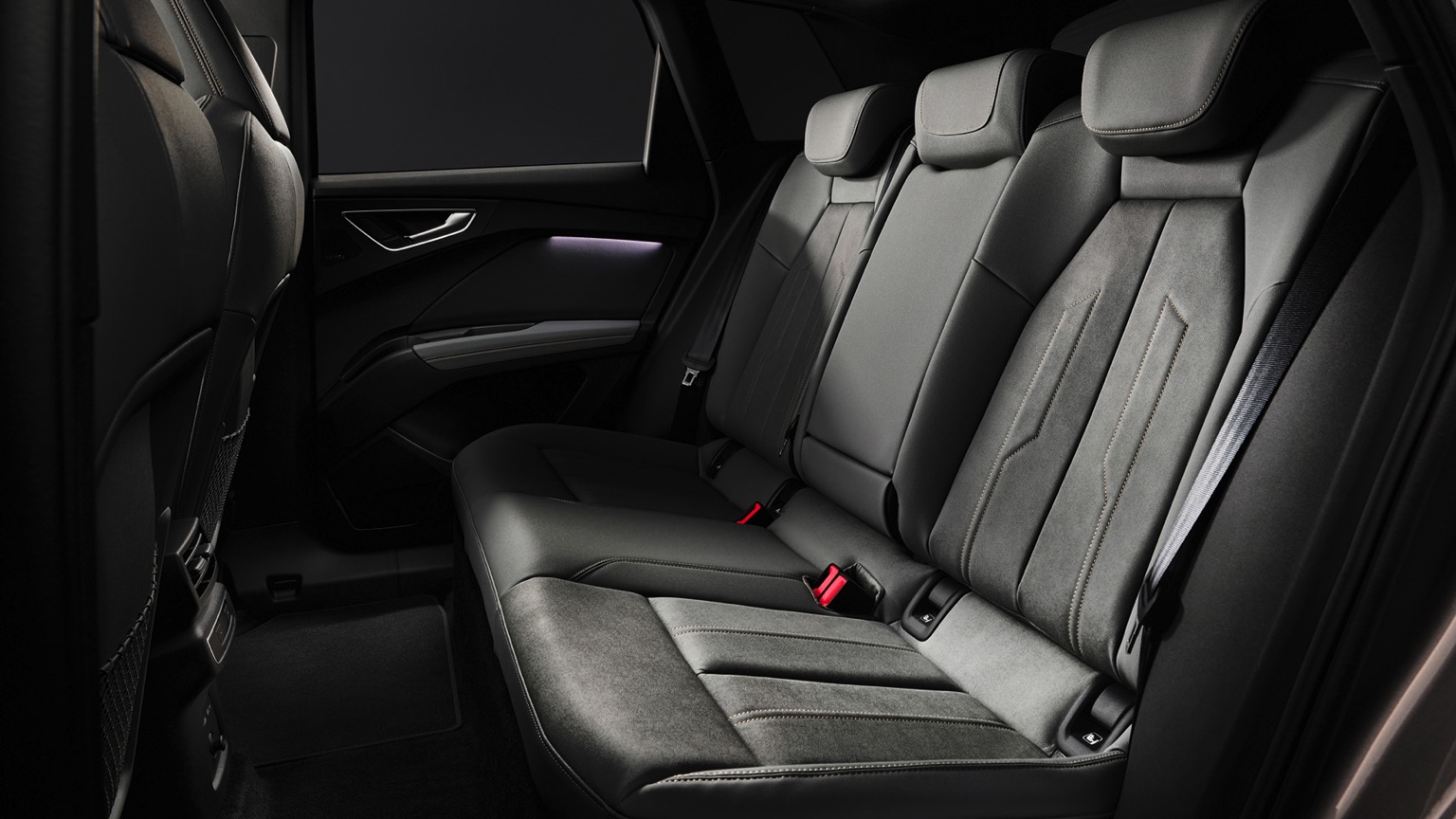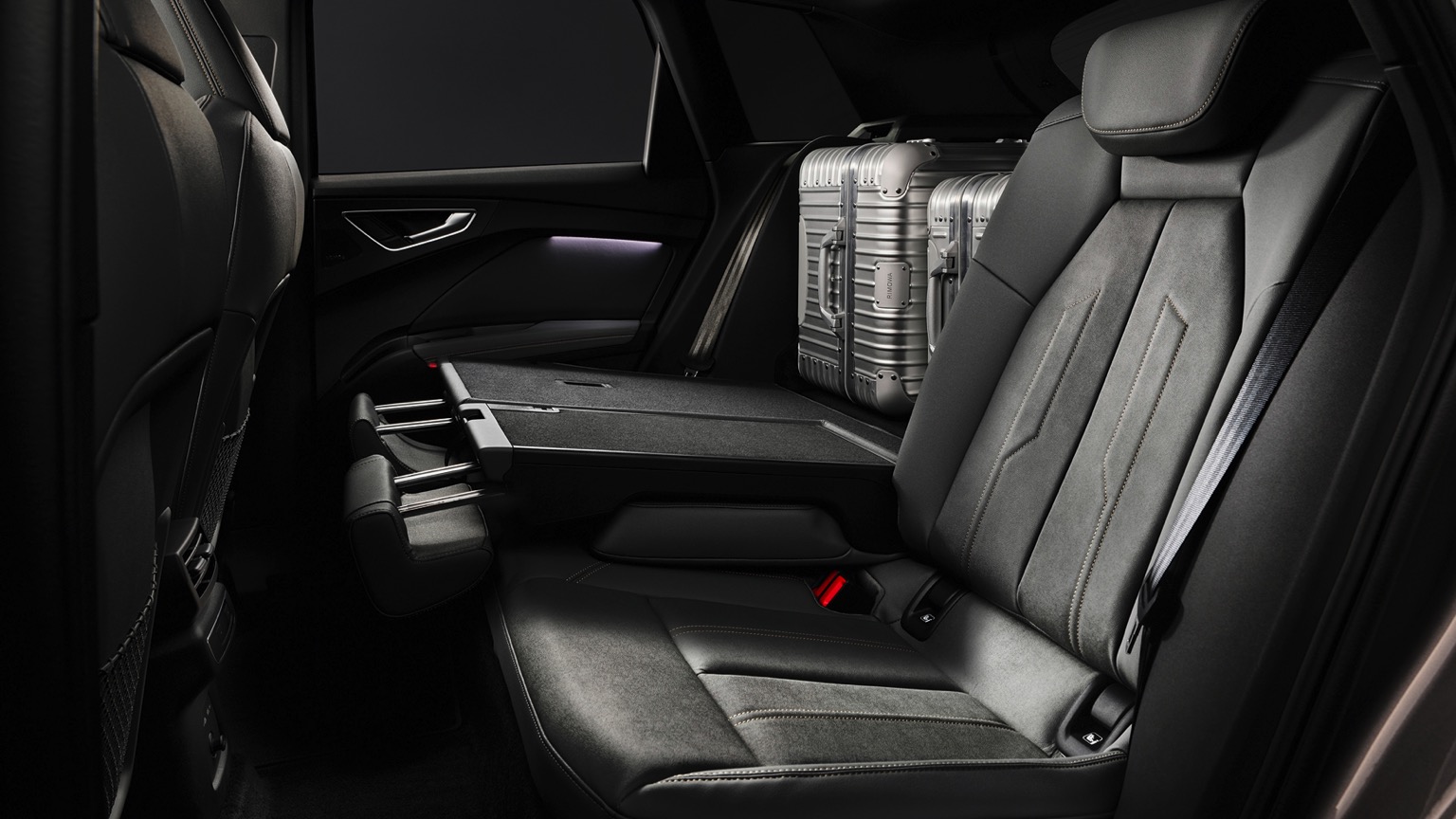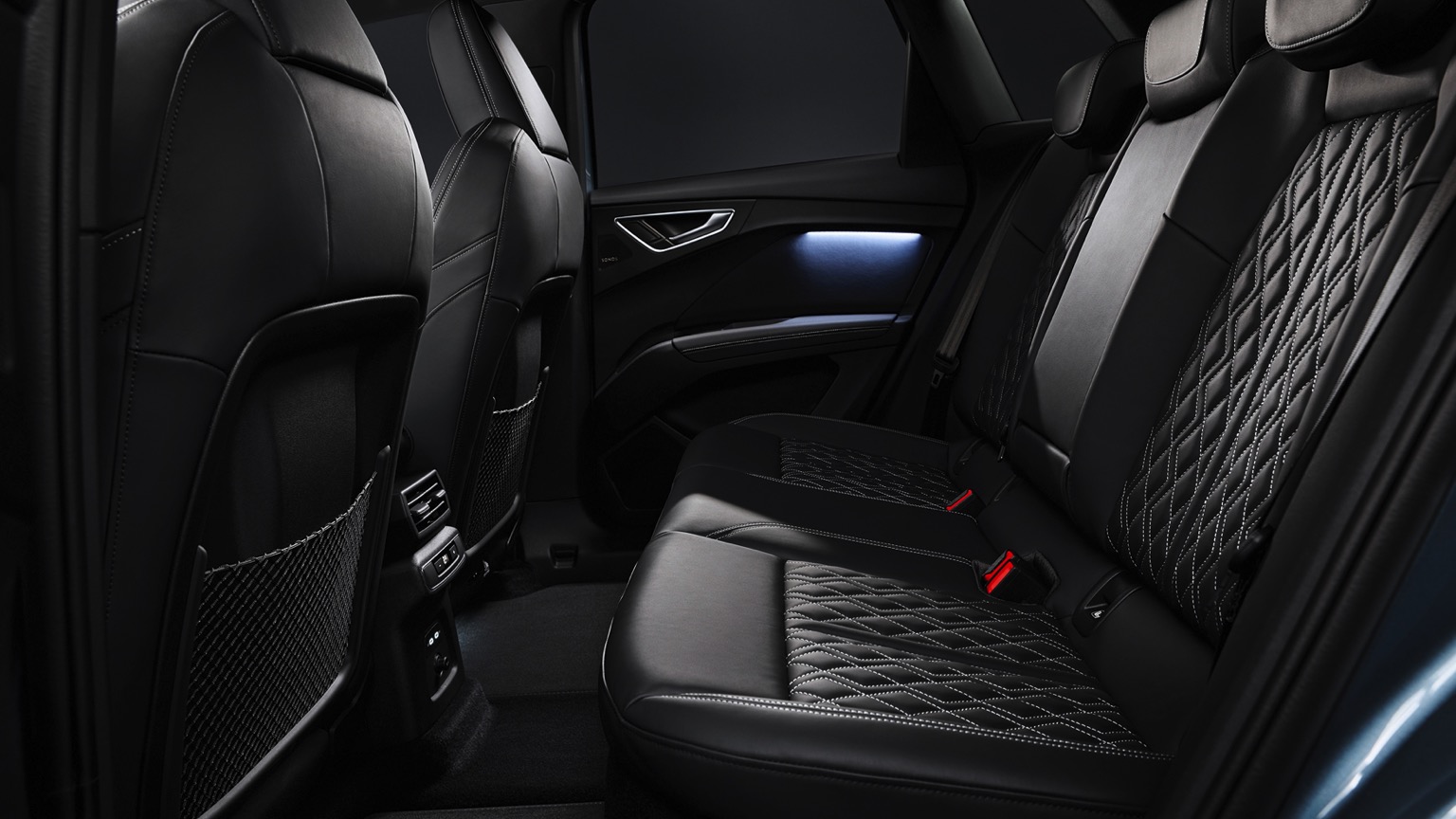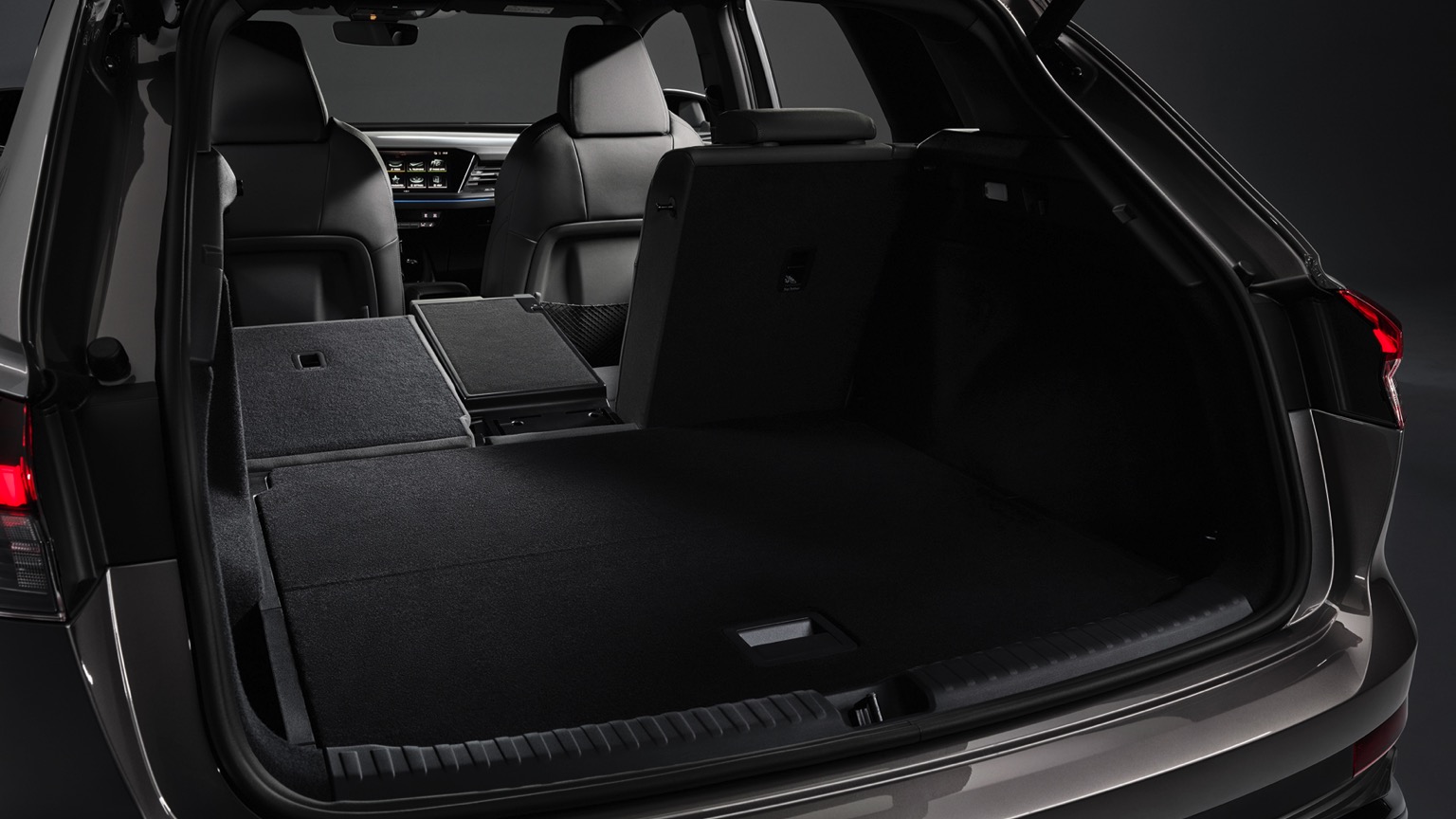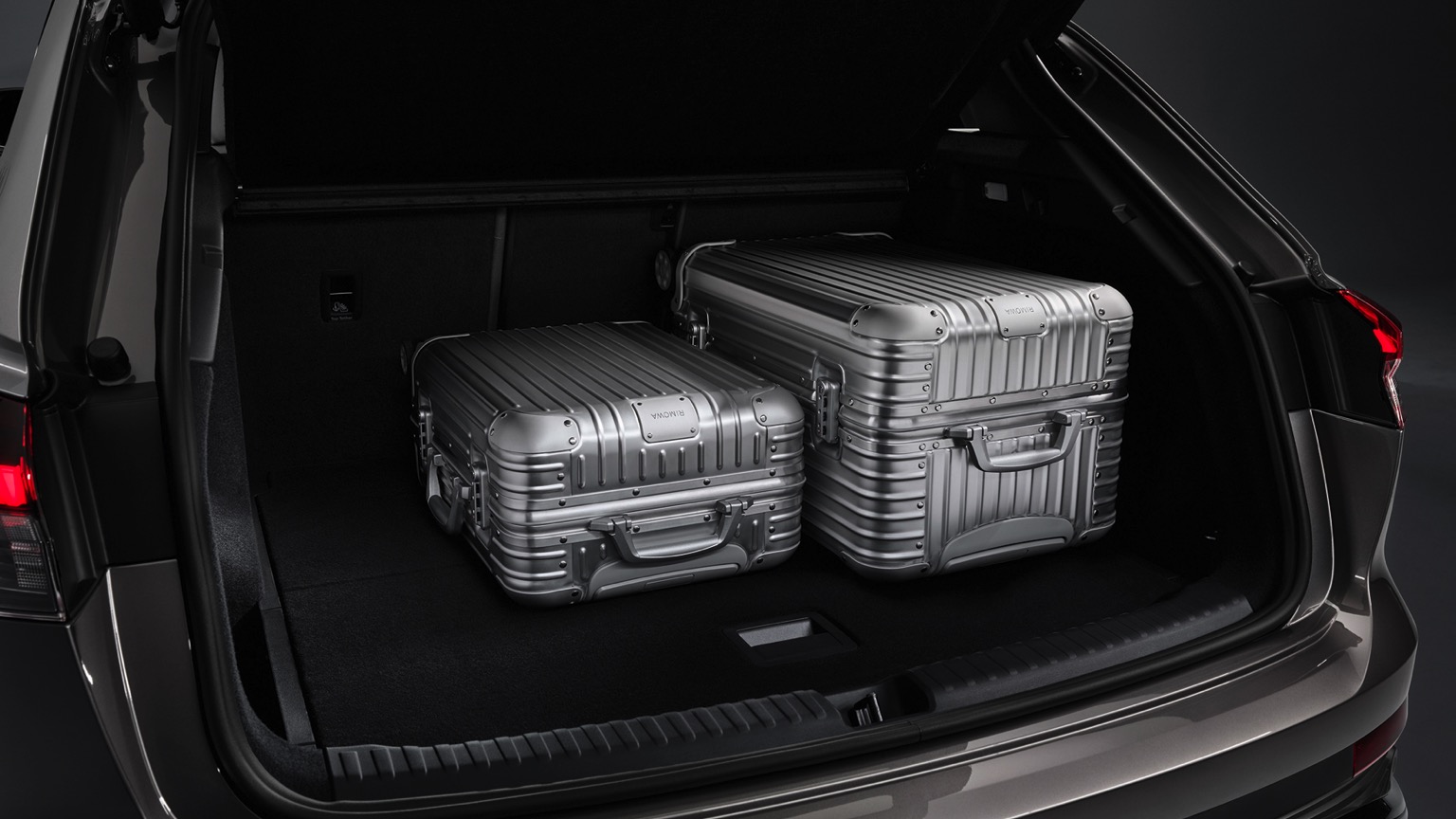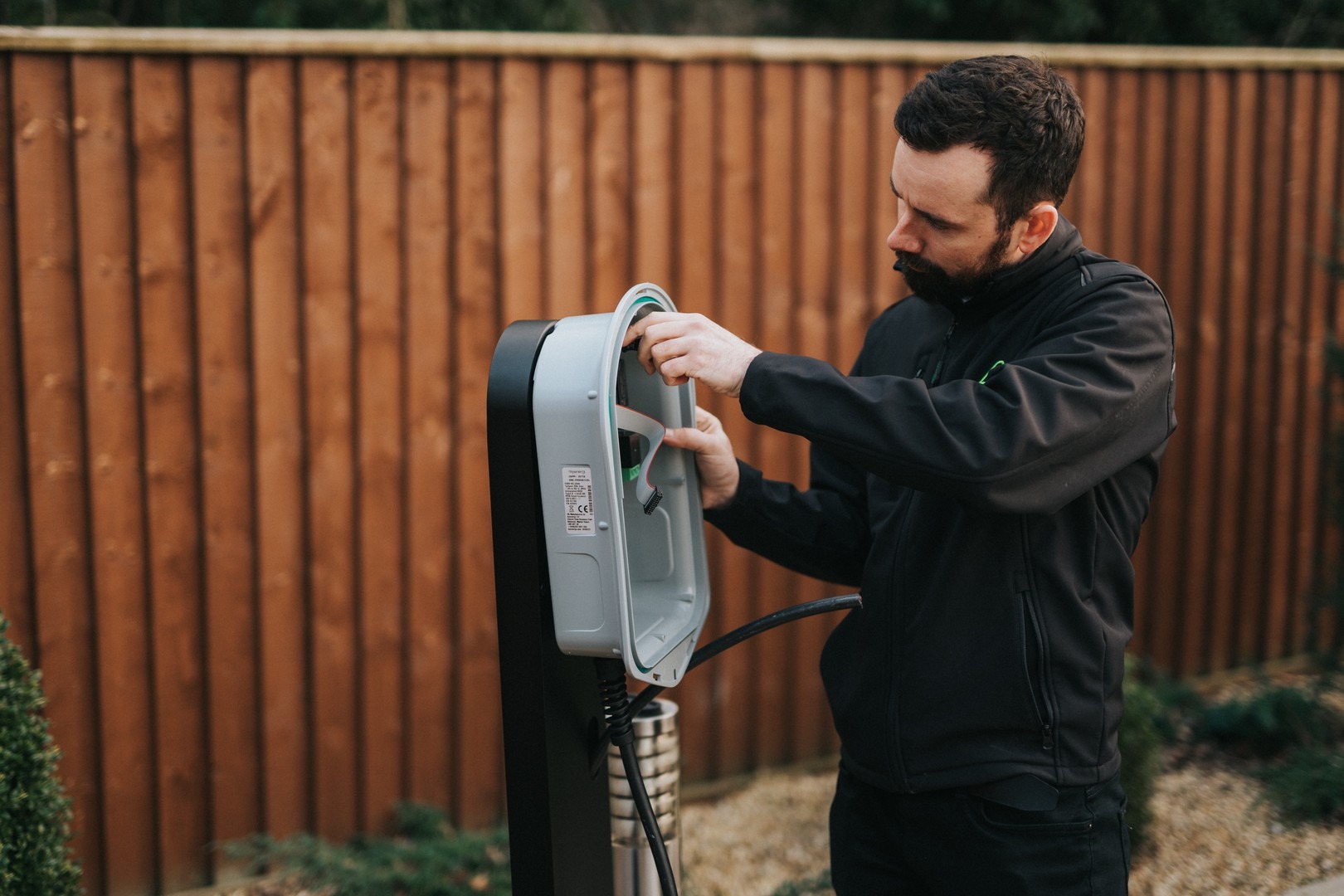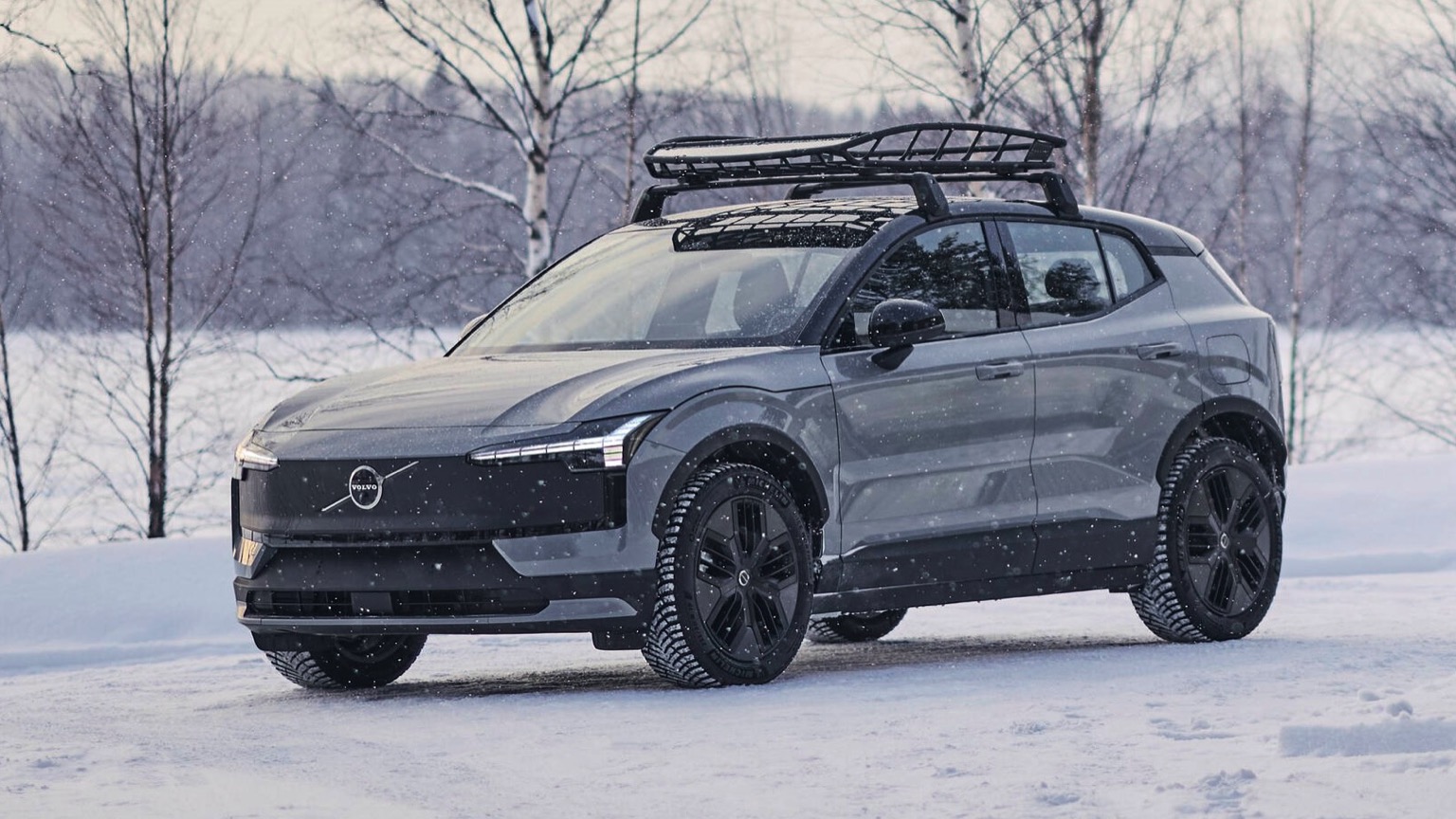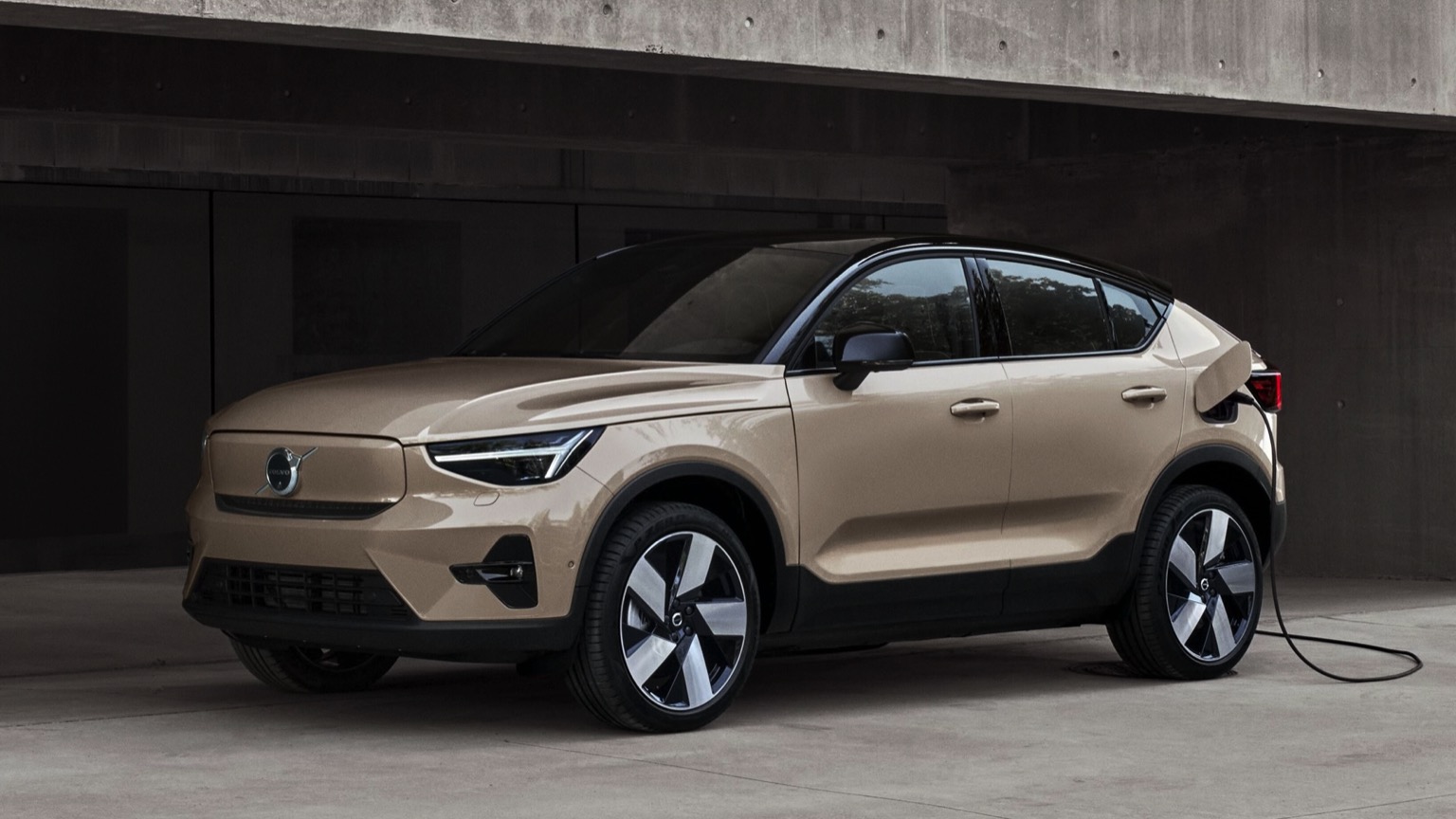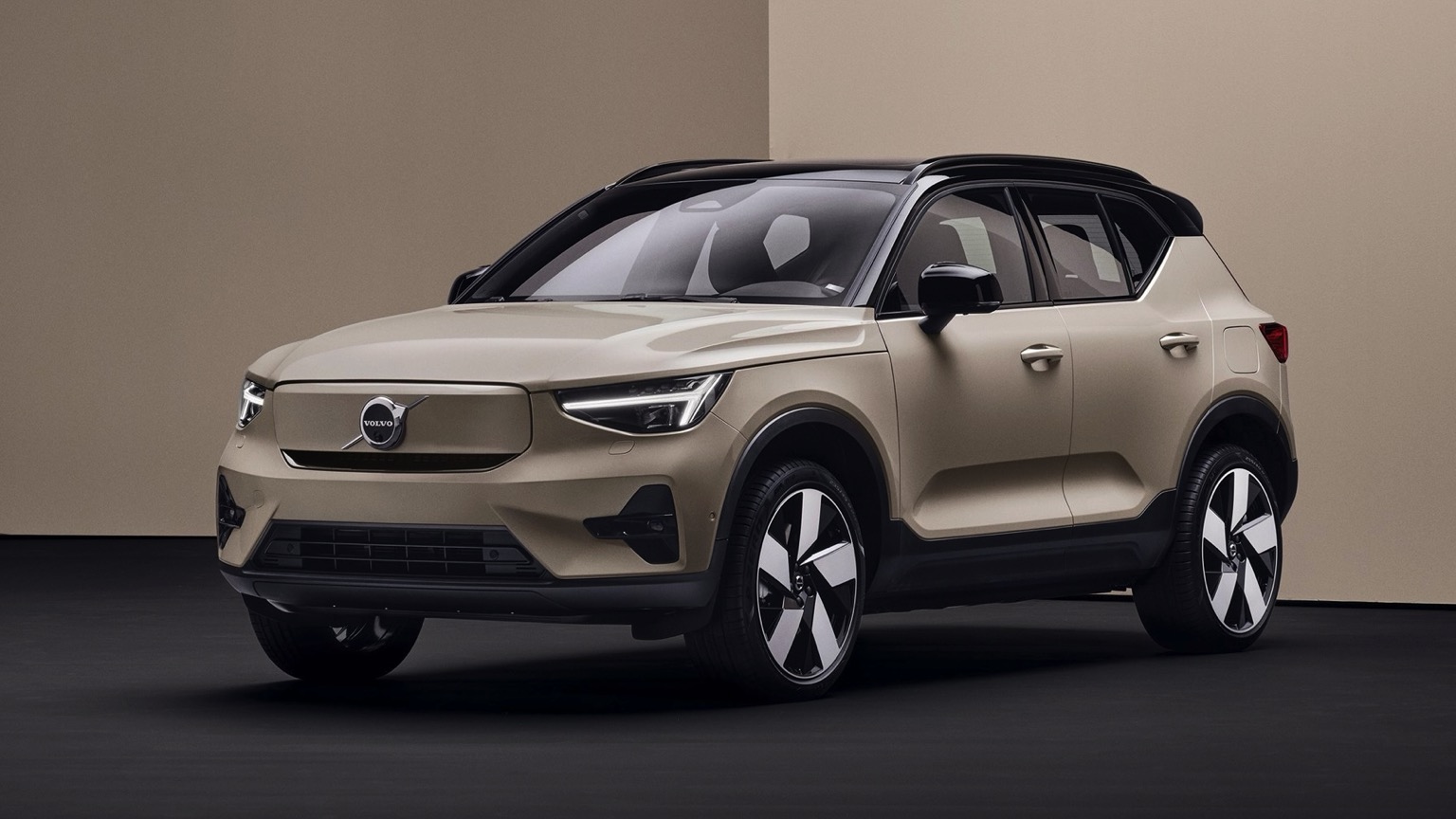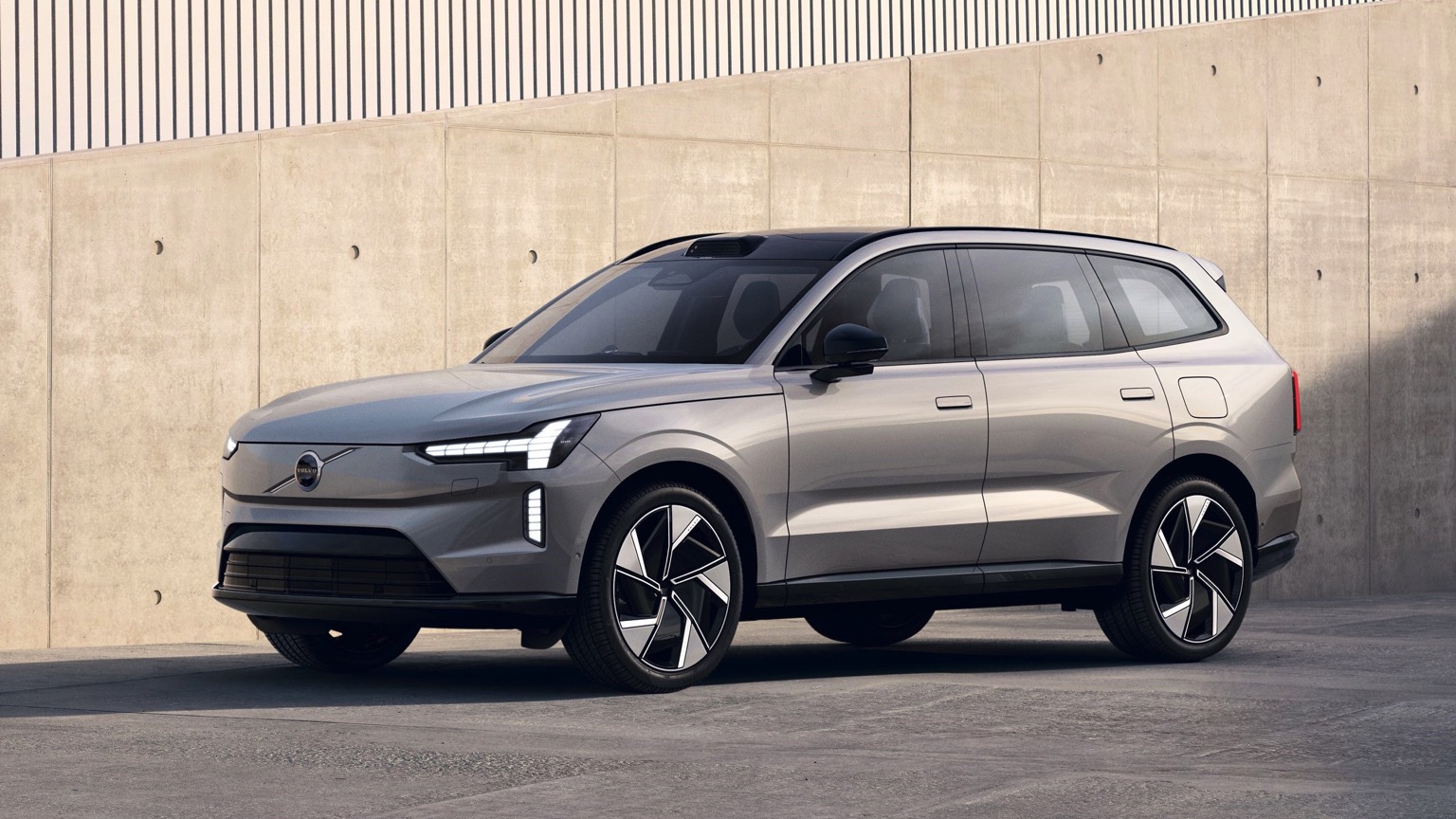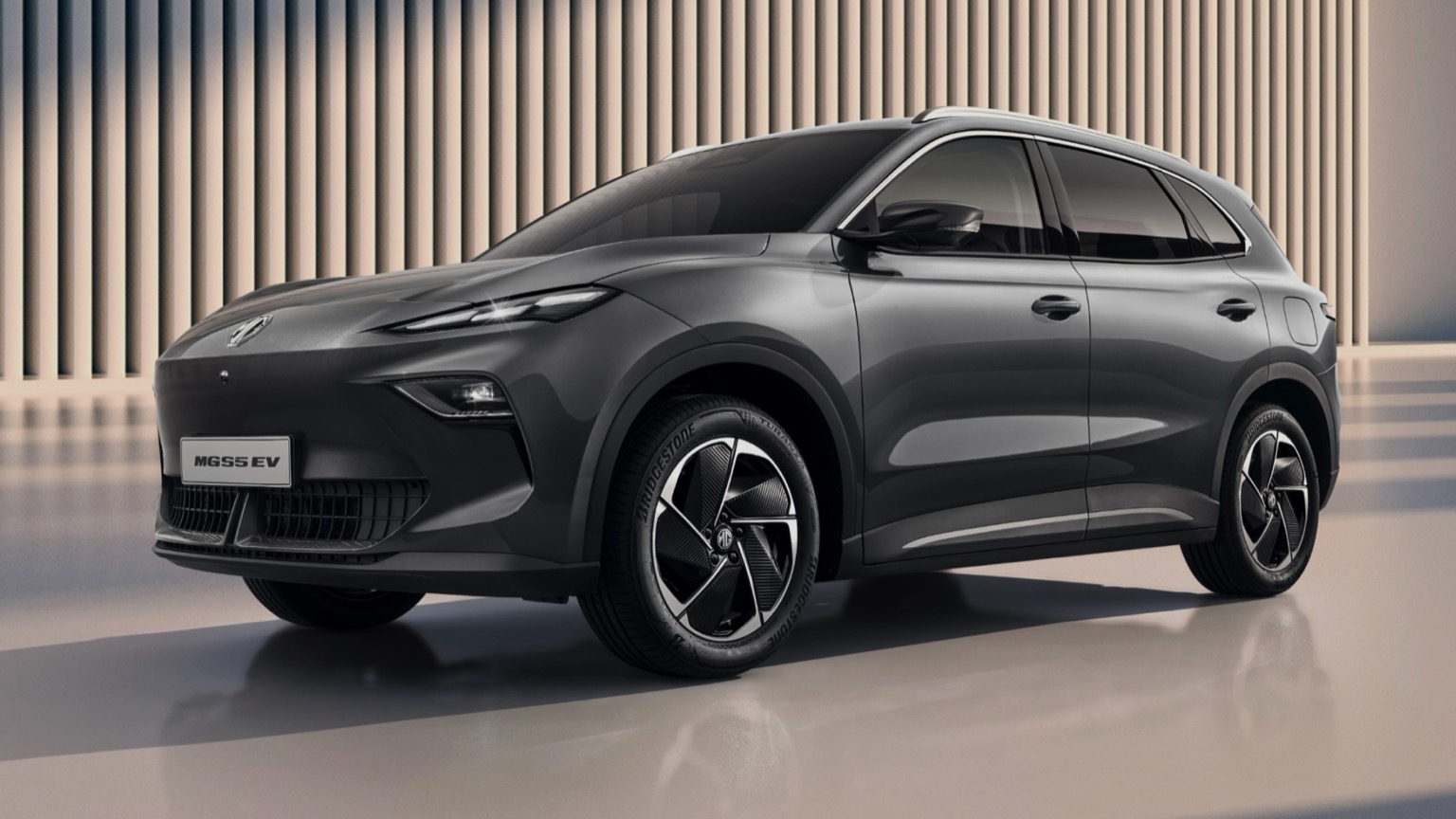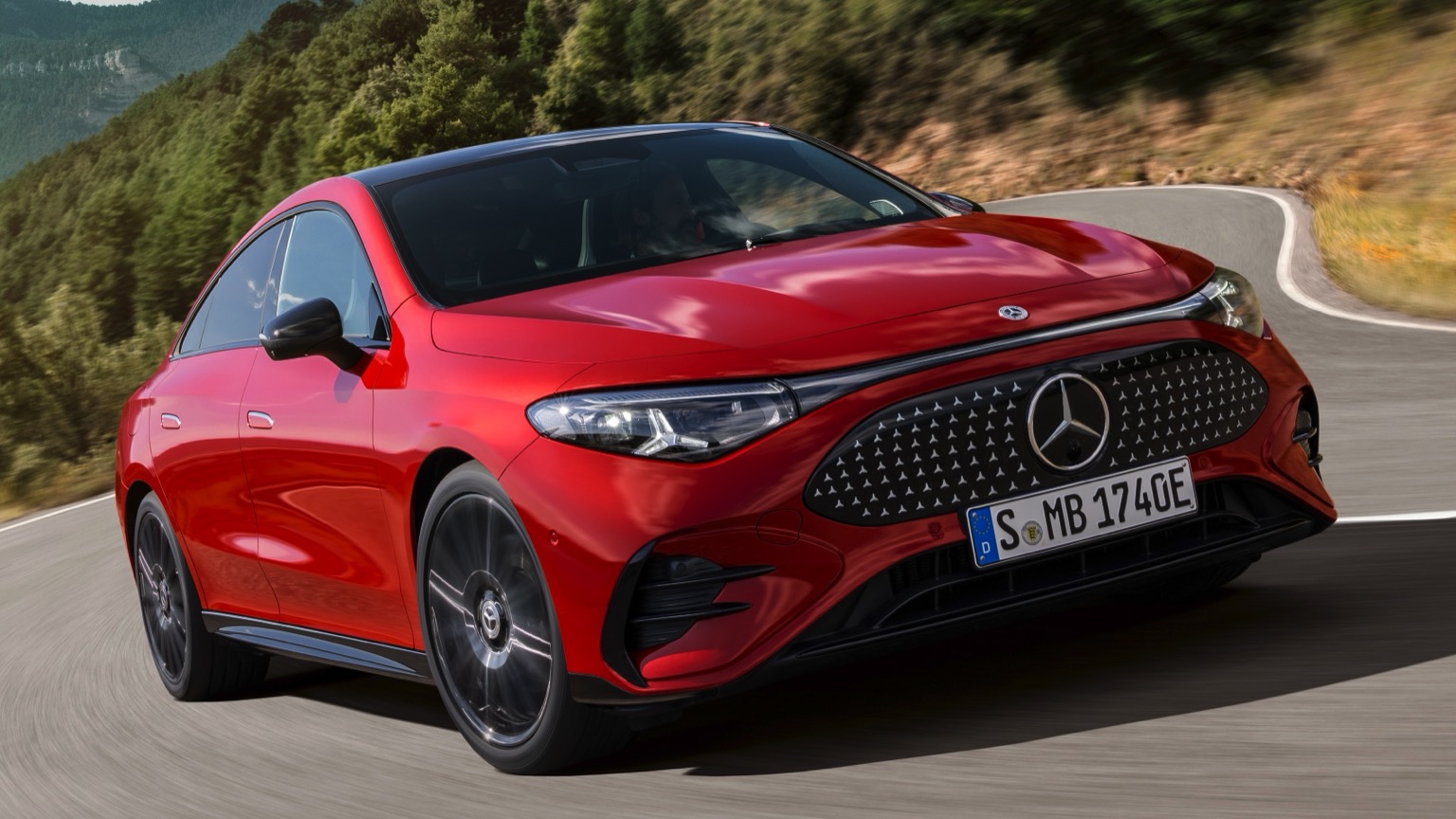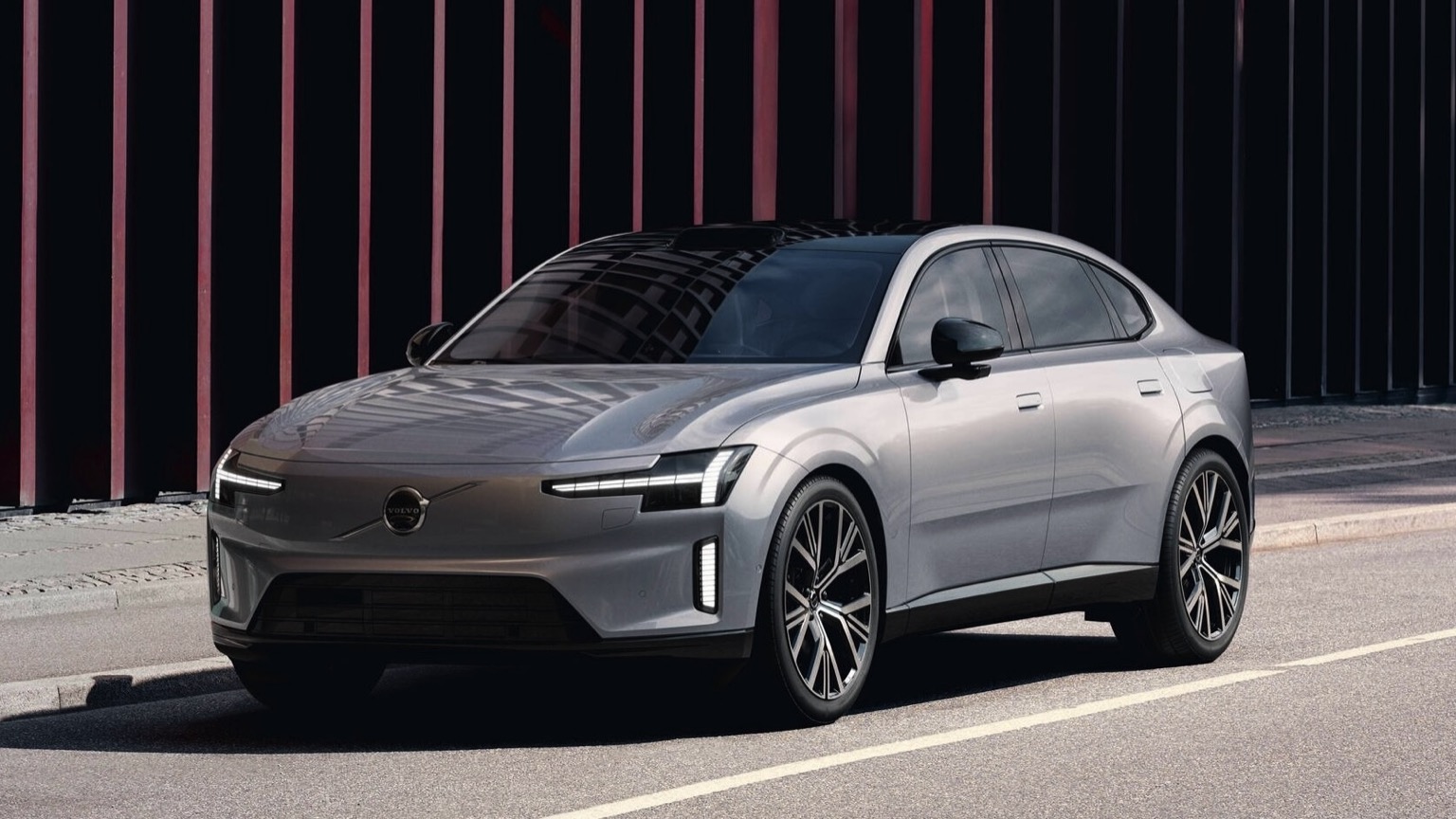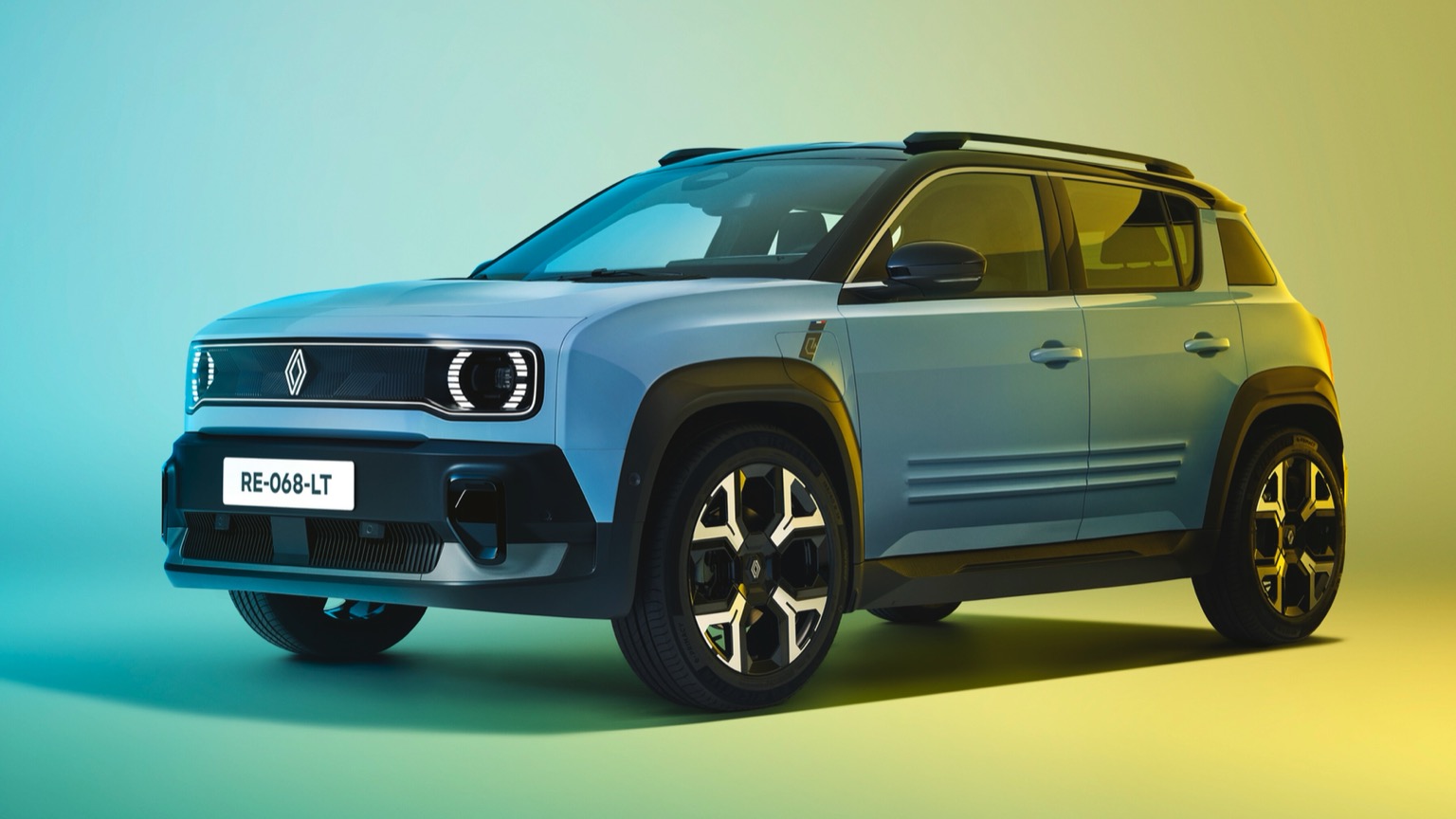Driving Range
In short, how many miles you can travel on a full charge. Is length important? Let’s not open that can of worms…
Efficiency
How many kWh of charge are needed to travel a set distance. The fewer needed, the more efficient your EV is. Easy!
Battery
The bigger the battery, the more power it can hold. In essence, fewer stops needed to top up your charge. Ahh, simplicity!
Top Speed
The maximum speed you can reach with your foot pressed hard to the floor. Important when escaping a zombie apocalypse, we assume.
Seats
Well, you don’t want to have to leave anybody at home… or do you?
Body
From stylish SUVs and compact crossovers, to curvaceous coupes and handy hatchbacks, there’s a perfect shape for everyone!
Isofix
The safe way to attach a child seat. Typically, these are hidden in the join between the back seats, alongside the crumbs from your last meal deal.
Safety Rating
A measure that considers the amount of safety kit installed, how a vehicle performs in crash testing and how safe it is for both pedestrians and cyclists.
| City - Cold Weather | 235 miles |
| Highway - Cold Weather | 170 miles |
| Combined - Cold Weather | 205 miles |
| City - Mild Weather | 345 miles |
| Highway - Mild Weather | 215 miles |
| Combined - Mild Weather | 270 miles |
Indication of real-world range in several situations. Cold weather: 'worst-case' based on -10°C and use of heating. Mild weather: 'best-case' based on 23°C and no use of A/C. For 'Highway' figures a constant speed of 110 km/h is assumed. The actual range will depend on speed, style of driving, weather and route conditions.
| Charge Port | Type 2 |
| Port Location | Right Side - Rear |
| Charge Power | 11 KW AC |
| Charge Time | 8hr 15m |
| Charge Speed | 29 mph |
| Fastcharge Port | CCS |
| FC Port Location | Right Side - Rear |
| Fastcharge Power (max) | 175 |
| Fastcharge Time | 29m |
| Fastcharge Speed | 340 mph |
General Charging (0 - 100%)
Charging is possible by using a regular wall plug or a charging station. Public charging is always done through a charging station. How fast the EV can charge depends on the charging station (EVSE) used and the maximum charging capacity of the EV
| Charging Point:Charging Point | Power:Power | Time:Time |
|---|---|---|
| Charging Point:Wall Plug | Power:2.3 kW | Time:39hr 15m |
| Charging Point:1-Phase 16A | Power:3.68 kW | Time:24hr 30m |
| Charging Point:1-Phase 32A | Power:7.36 kW | Time:12hr 15m |
| Charging Point:3-Phase 16A | Power:3.68 kW | Time:8hr 15m |
| Charging Point:3-Phase 32A | Power:7.36 kW | Time:8hr 15m |
Rapid Charging (10 - 80%)
Rapid charging enables longer journeys by adding as much range as possible in the shortest amount of time. Charging power will decrease significantly after 80% state-of-charge (SoC) has been reached.
| Charging Point:Charging Point | Average Power:Average Power | Time:Time |
|---|---|---|
| Charging Point:CCS 50 | Average Power:47 kW | Time:1hr 12m |
| Charging Point:CCS 150 | Average Power:110 kW | Time: 31m |
| Charging Point:CCS-300-DC | Average Power:115 kW | Time: 29m |
| EVDB Real Range | 240 miles |
| EVDB Vehicle Consumption | 319 Wh/mi |
| EVDB CO2 Emissions | 0 g/mi |
| EVDB Vehicle Fuel Equivalent | 1.27 l/100mi |
| WLTP Real Range | 312 miles |
| WLTP Rated Consumption | 28.8 Wh/mi |
| WLTP Vehicle Consumption | 24.6 Wh/mi |
| WLTP CO2 Emissions | 0 g/mi |
| WLTP Rated Fuel Equivalent | 1.4 l/100mi |
| WLTP Vehicle Fuel Equivalent | 1.65 l/100mi |
| Acceleration 0 - 100 km/h | 6.2 sec |
| Top Speed | 112 mph |
| Electric Range* | 240 miles |
| Total Power* | 220 kWh |
| Total Torque* | 460 Nm |
| Drive | AWD |
| Safety Rating | |
| Rating Year | 2021 |
| Adult Occupant | 93% |
| Child Occupant | 89% |
| Vulnerable Road Users | 66% |
| Safety Assist | 80% |
For more details on the safety rating of this vehicle, visit euroncap.com
| Nominal Capacity | 82 kWh |
| Battery Type | Lithium-ion |
| Number of Cells | 96 |
| Architecture | 400 V |
| Useable Capacity | 76.6 kWh |
| Cathode Material | NCM |
| Pack Configuration | 96s3p |
| Nominal Voltage | 352 V |
| Length | 4588 mm |
| Width | 1865 mm |
| Width (with mirrors) | 2108 mm |
| Height | 1632 mm |
| Wheelbase | 2764 mm |
| Weight Unladen (EU) | 2210 kg |
| Gross Vehicle Weight (GVWR) | 2720 kg |
| Max. Payload | 585 kg |
| Cargo Volume | 520 L |
| Cargo Volume (Max) | 1490 L |
| Cargo Volume Frunk | N/A |
| Roof Load | 75 kg |
| Tow Hitch Possible | Yes |
| Towing Weight Unbraked | 750 kg |
| Towing Weight Braked | 1200 kg |
| Vertical Load Max | 75 kg |
| Seats | 5 |
| Isofix | Yes, 3 seats |
| Turning Circle | N/A |
| Platform | VW MEB |
| Car Body | SUV |
| Segment | D |
| Roof Rails | Yes |
| EV Dedicated Platform | Yes |
* = estimated value. Average energy consumption and range based on moderate drive style and climate. Real-life values may differ significantly. Pricing information might not be actual for some regions. No rights can be derived from the information on this site.
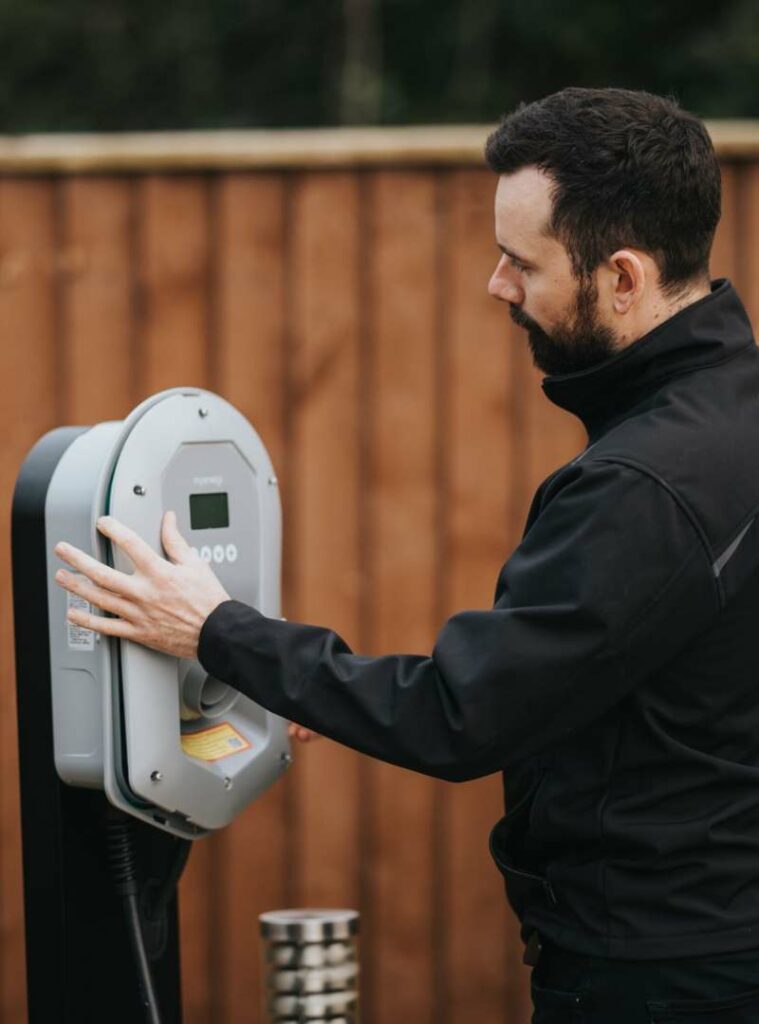
Charge your EV with power from the grid, solar, or both
You don’t need solar panels or a wind power system to use the zappi. But purchasing it today, means you’re future fit for tomorrow.
zappi is an EV charger with a difference. zappi can operate as a standard home car charger, using power from the grid. It also has optional charging modes which use 100% green energy generated from your own home Solar PV system or wind generation.
Find out more about zappiSimilar Electric Vehicles

